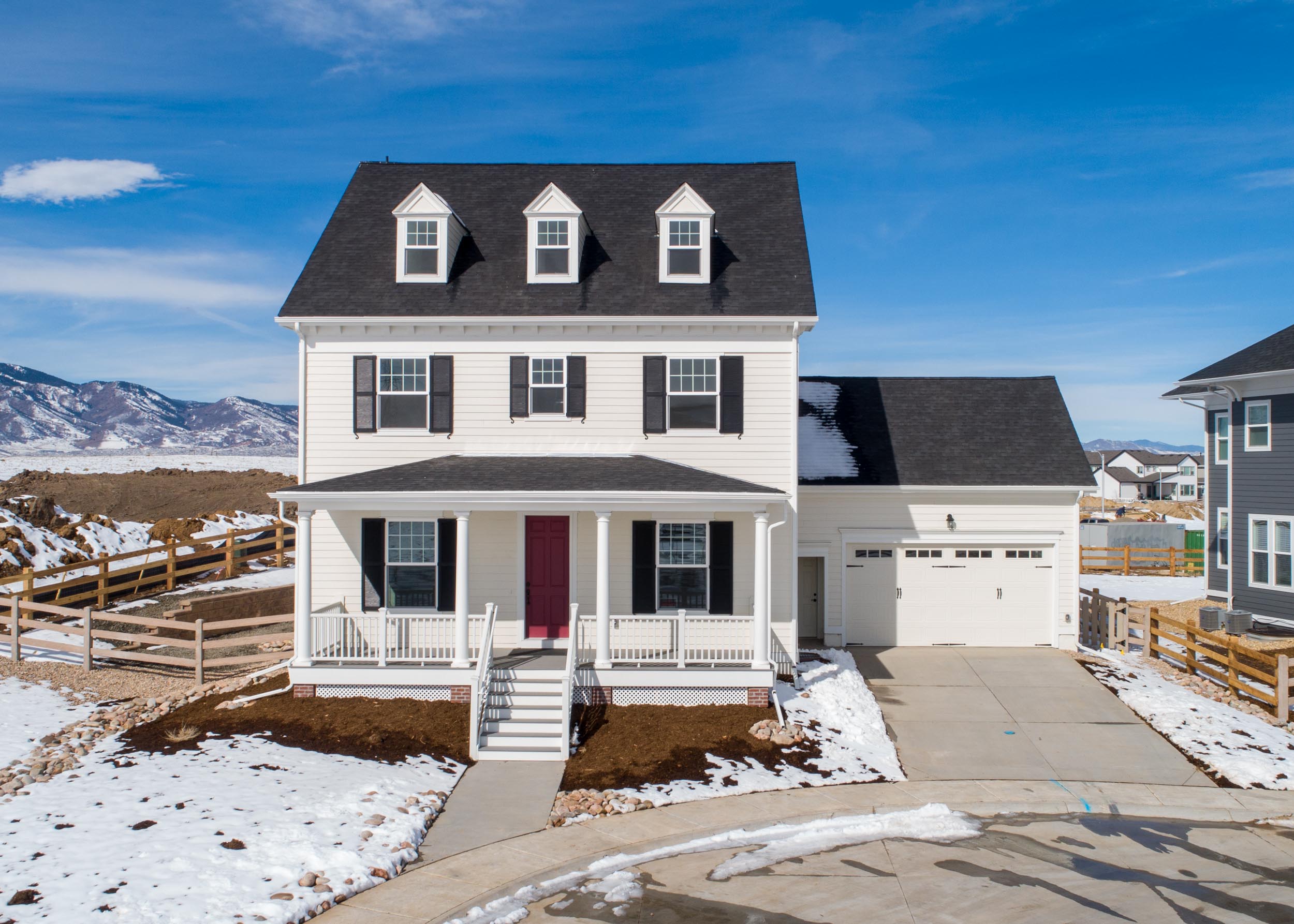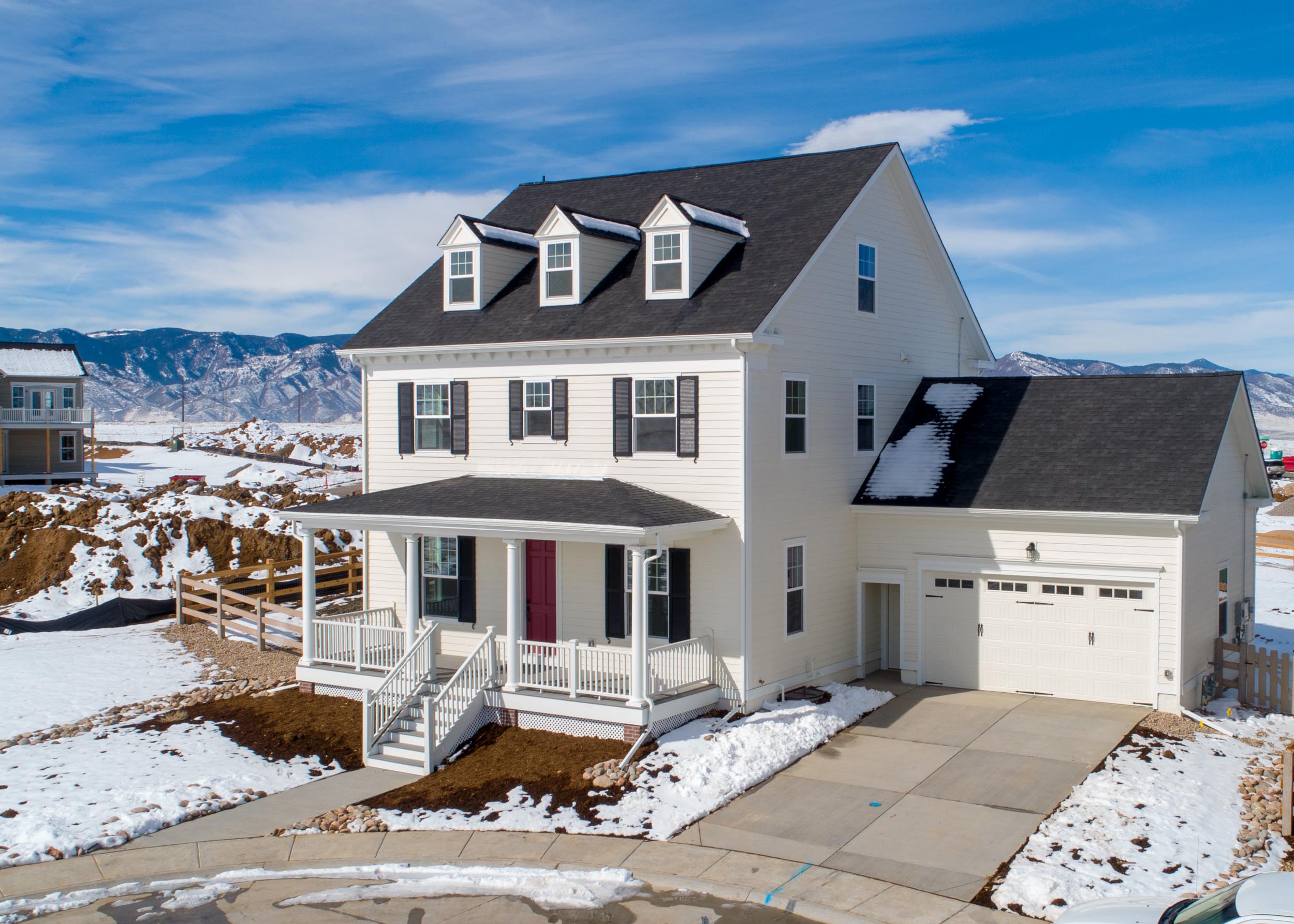The Chesapeake
3 - 9 Bedrooms 2.5 - 7 Bathrooms 2,300+ Square Feet
Over the years, the Chesapeake has been Parkwood's most popular and flexible plan, with many different front elevations to choose from. This traditional center hall plan features two formal front rooms off the entry, leading to an open living area with a large island kitchen, a fireplace, and countless options to expand and customize. Three and four bedroom plans are available, along with a very popular option to finish the loft.
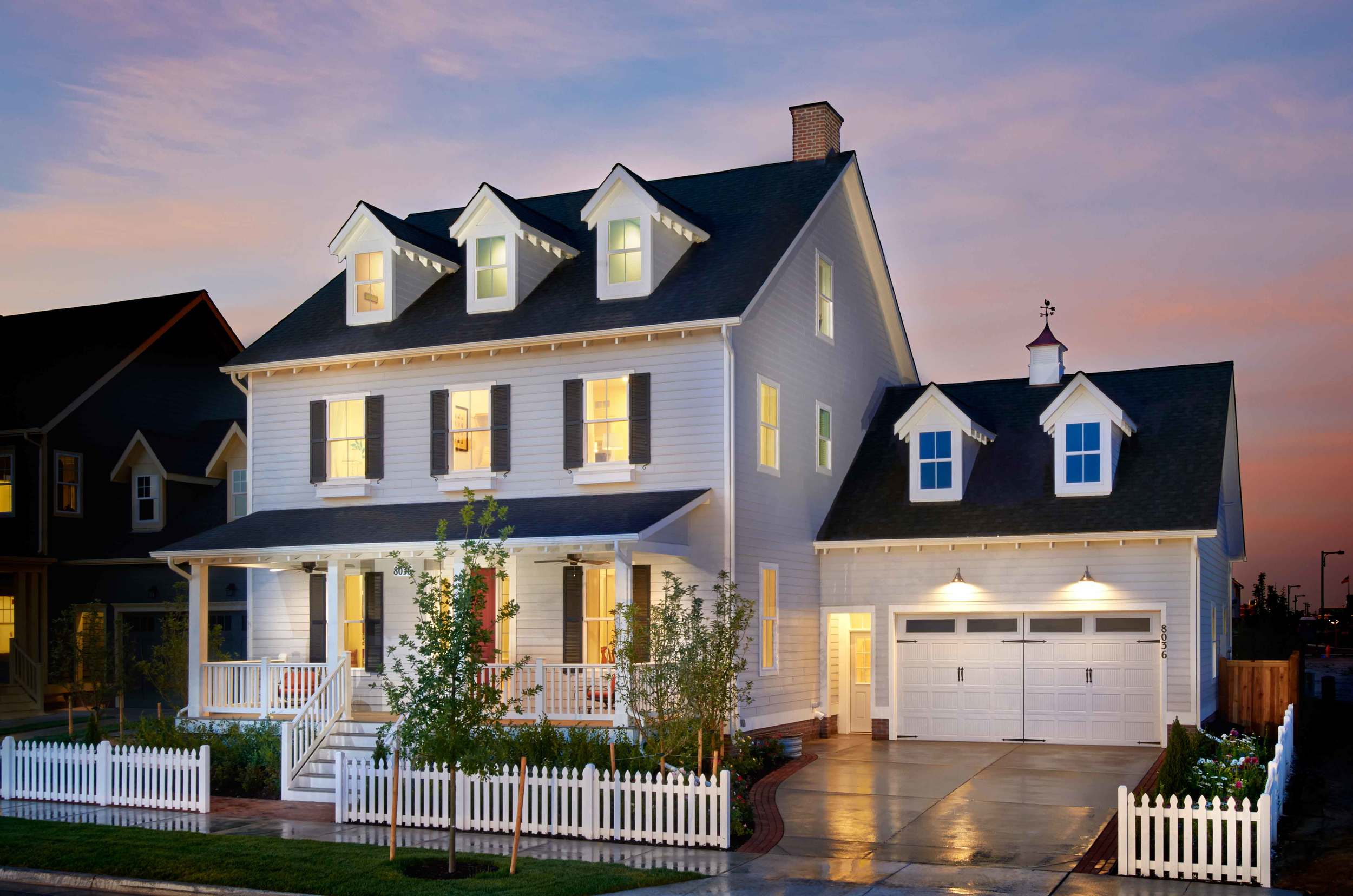

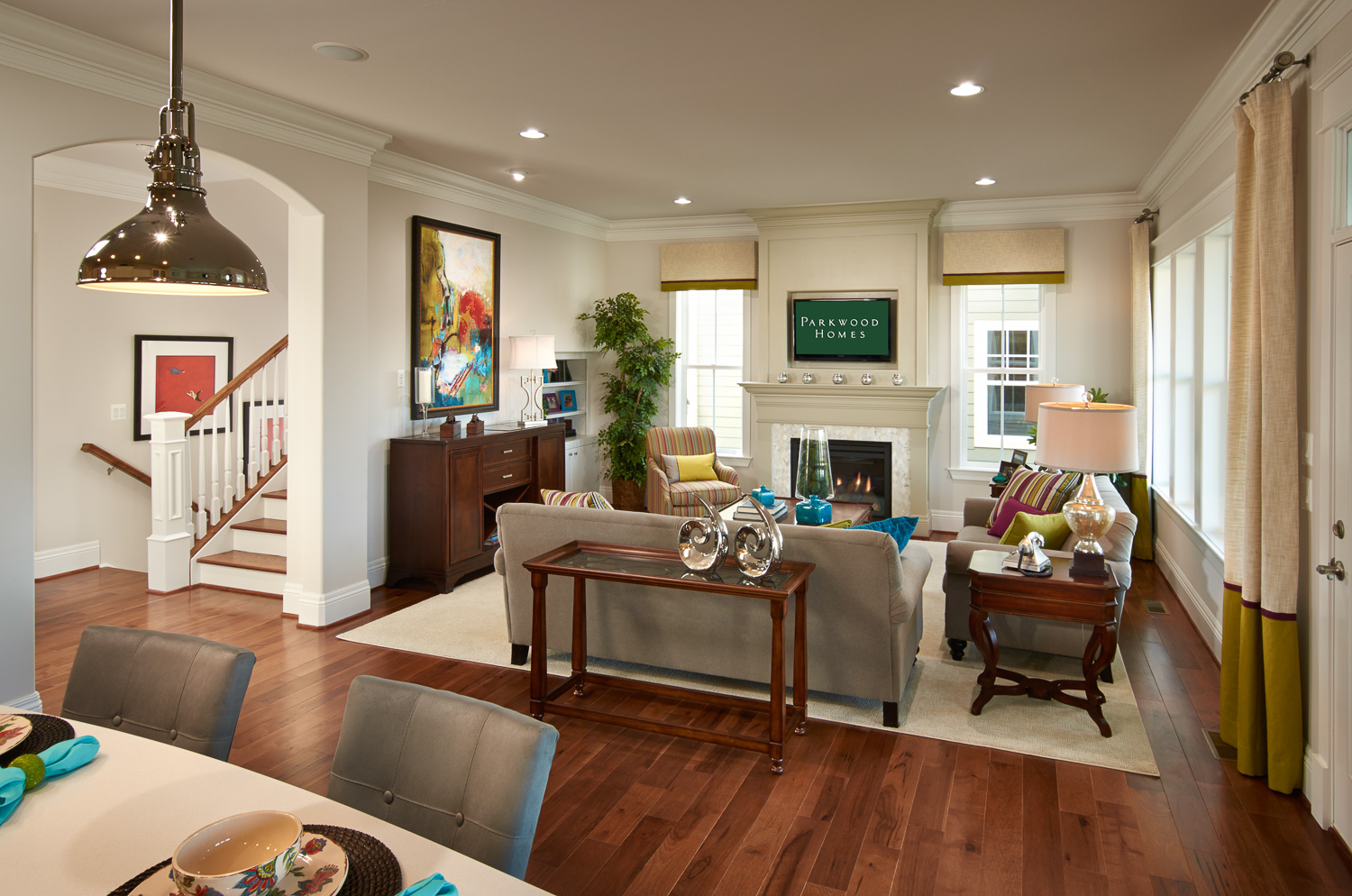
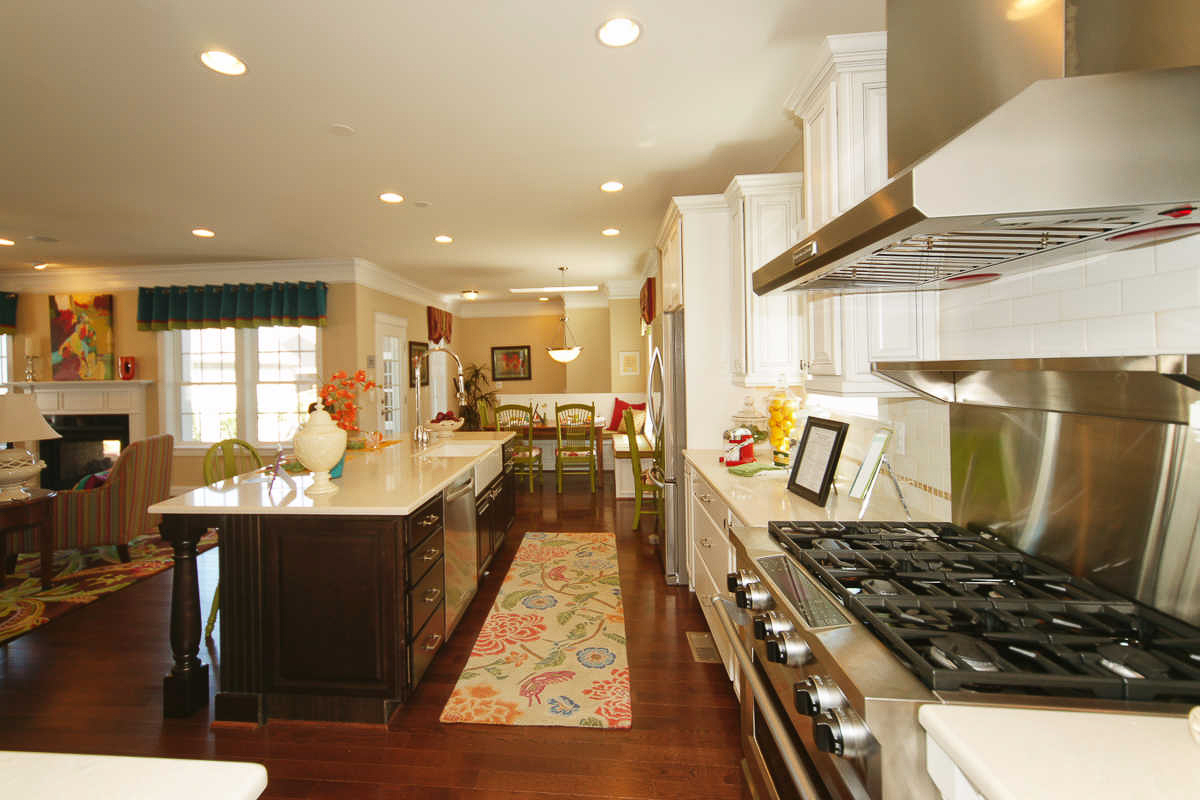
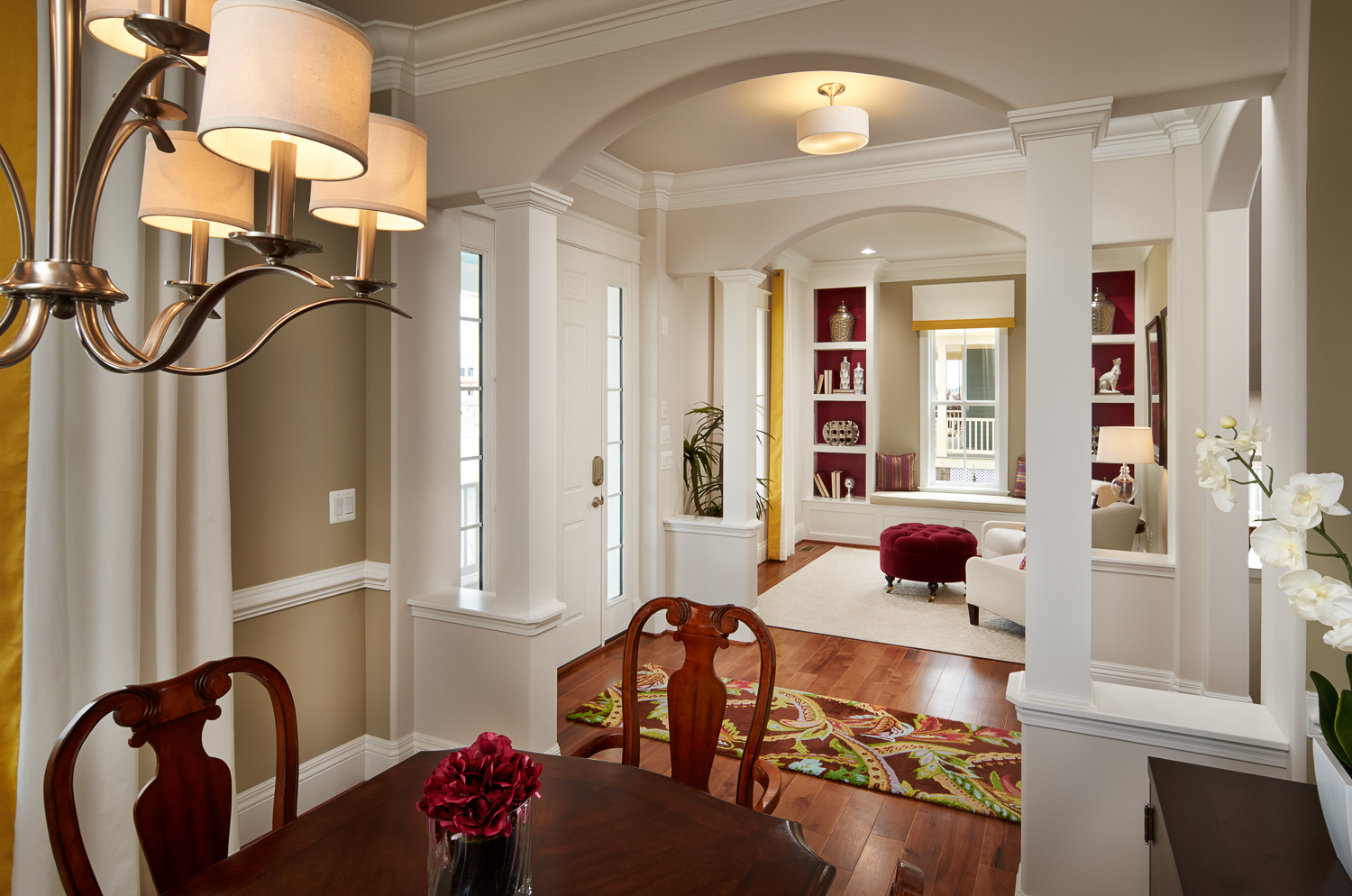
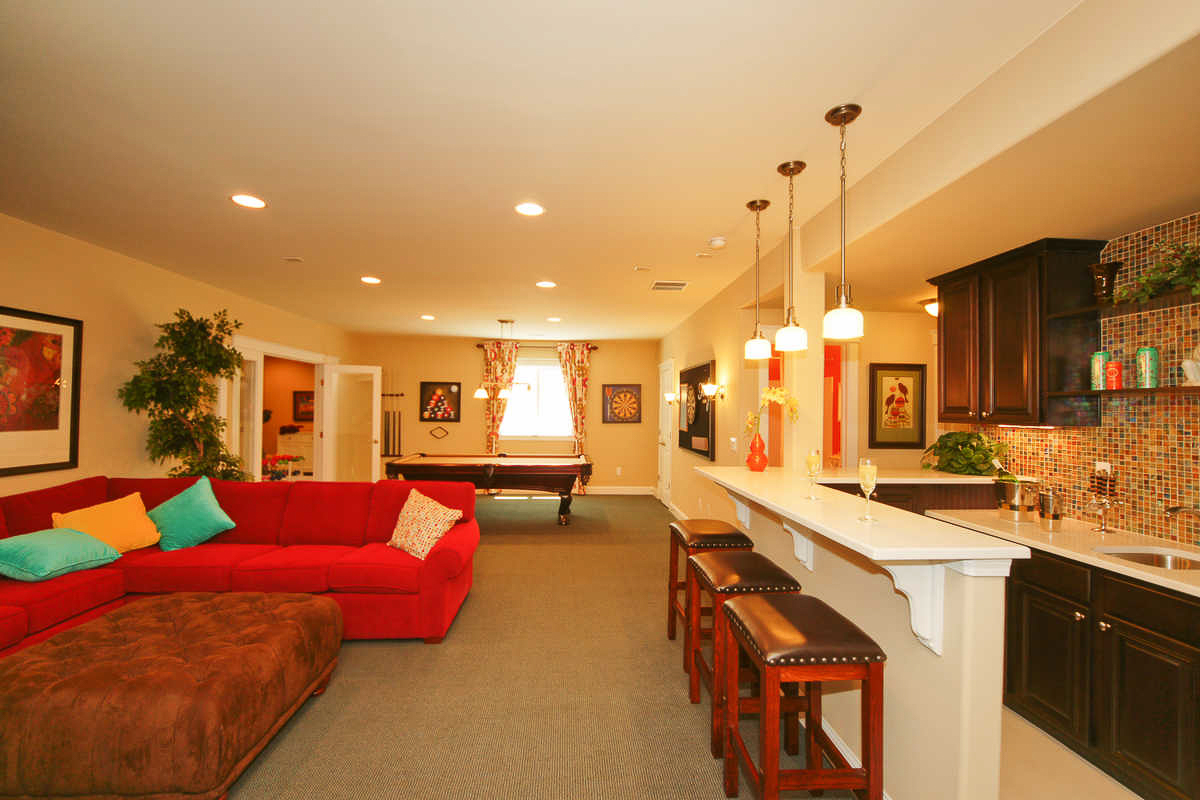
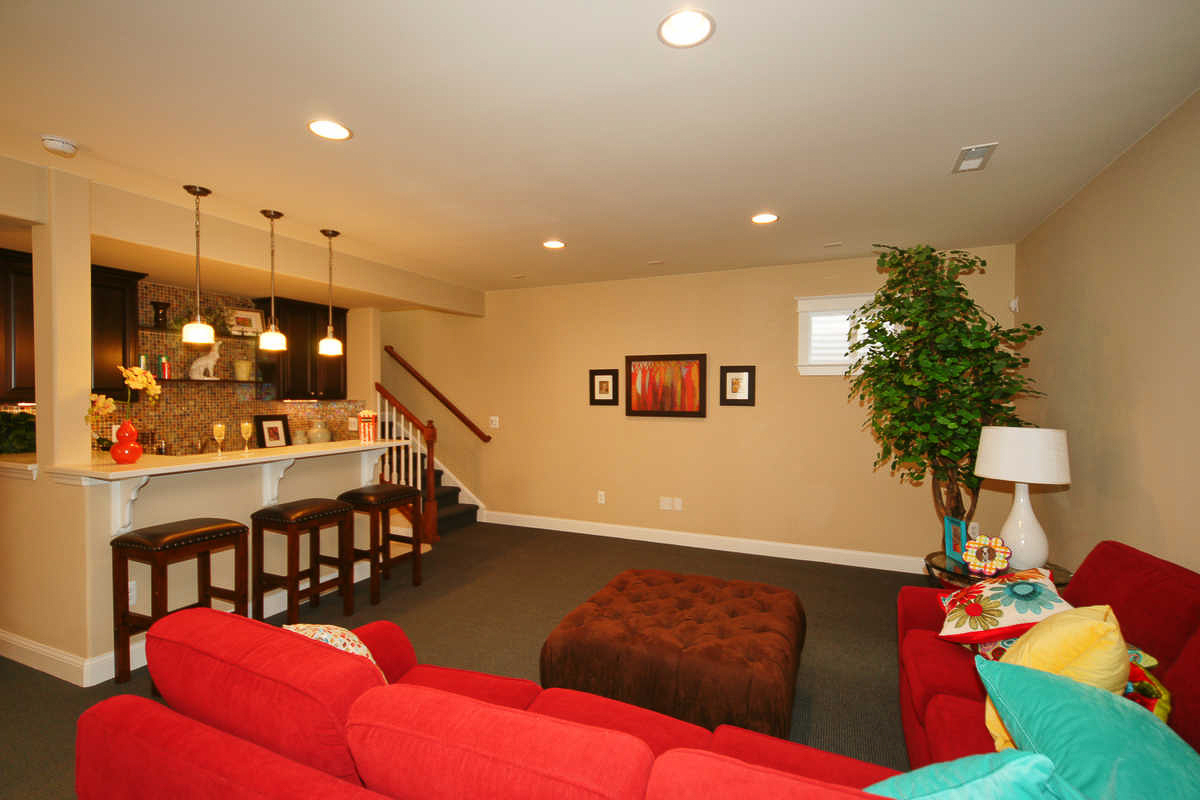
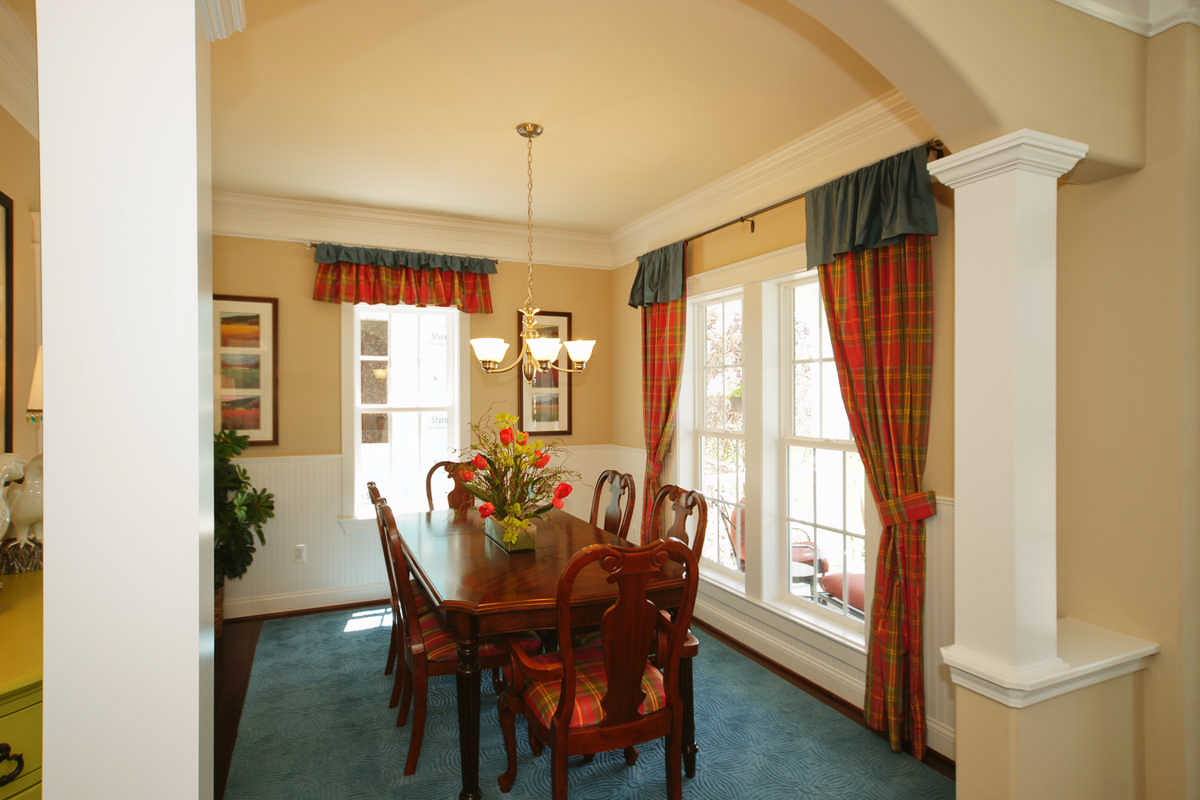
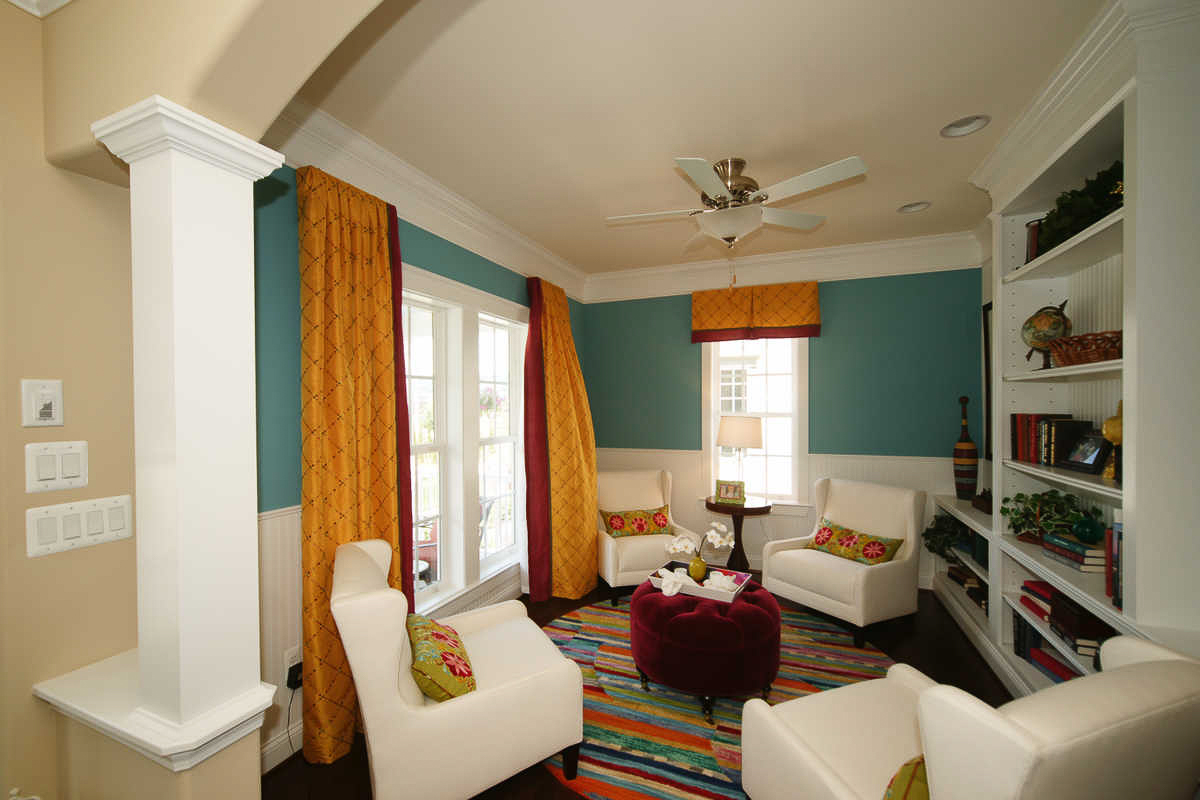
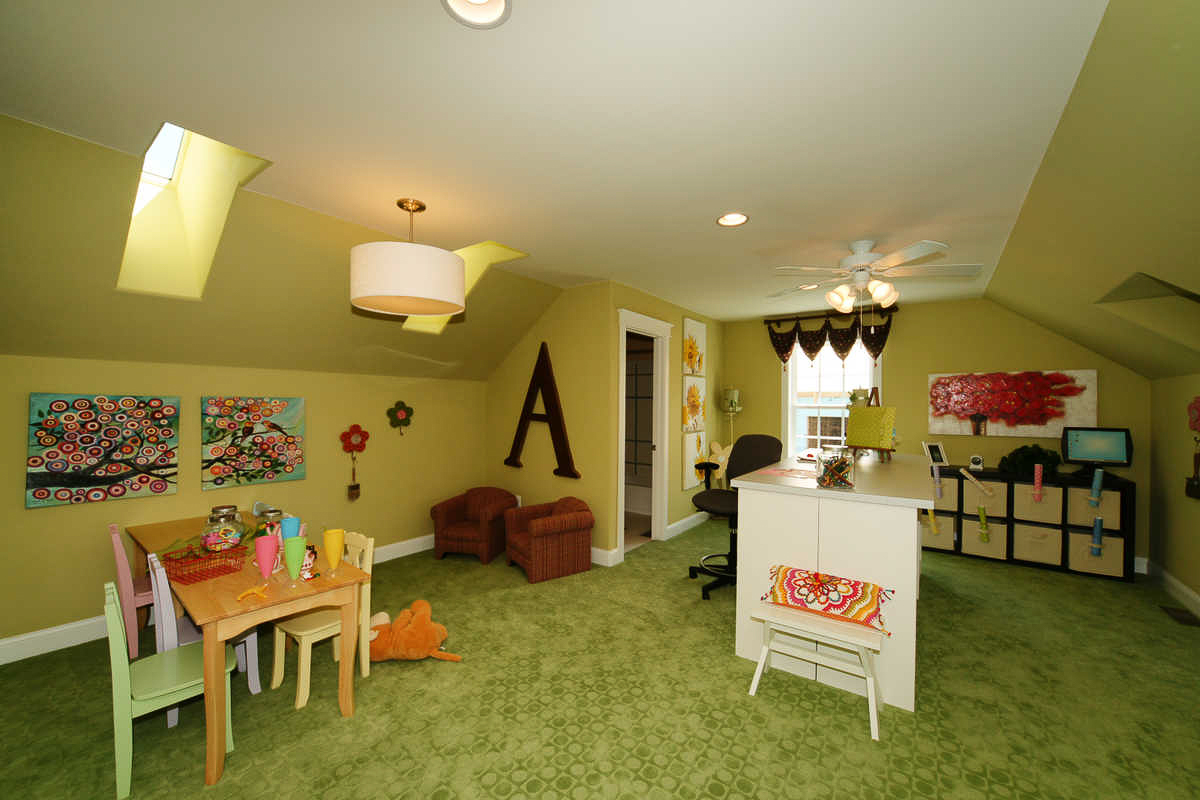
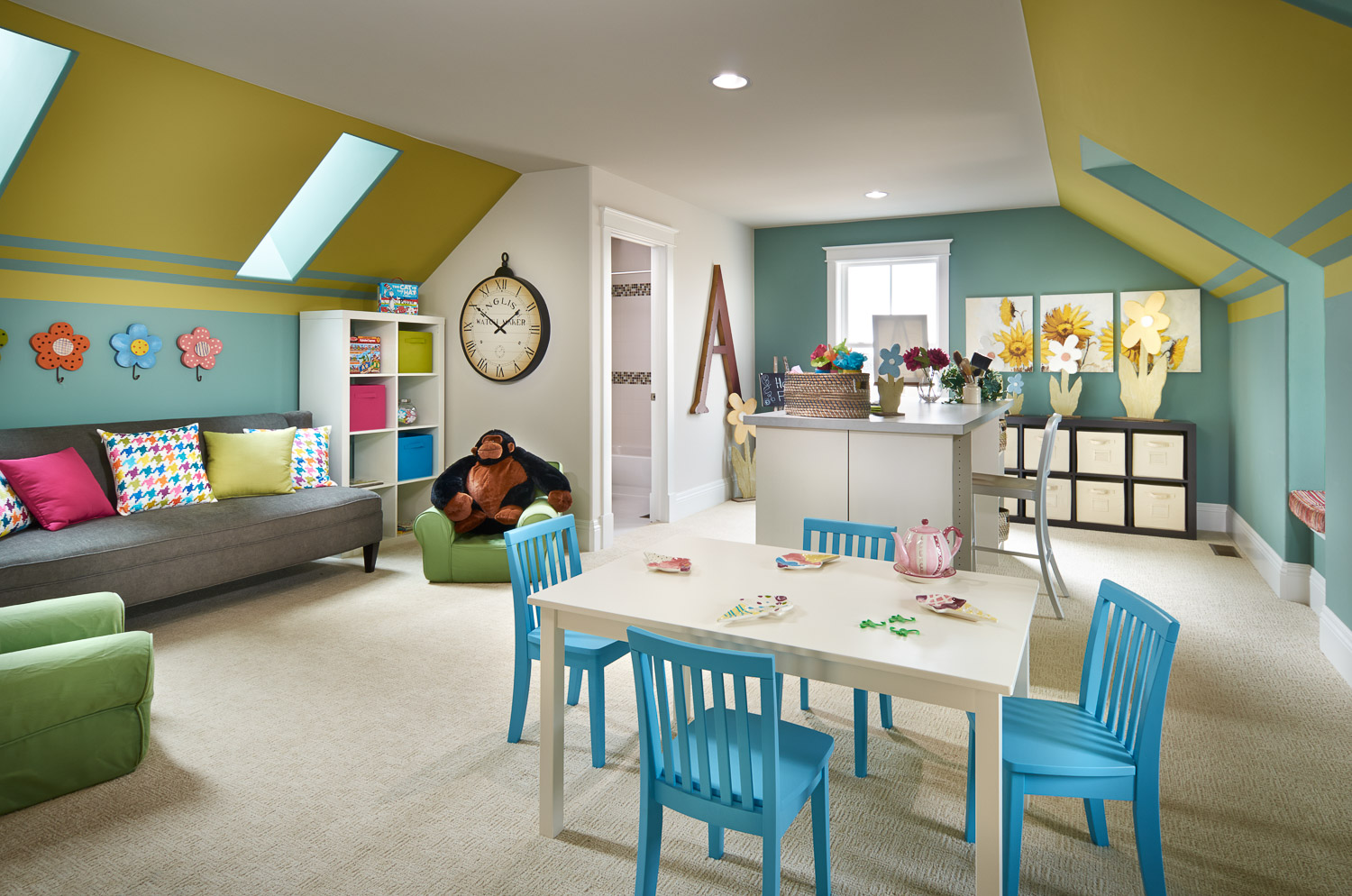
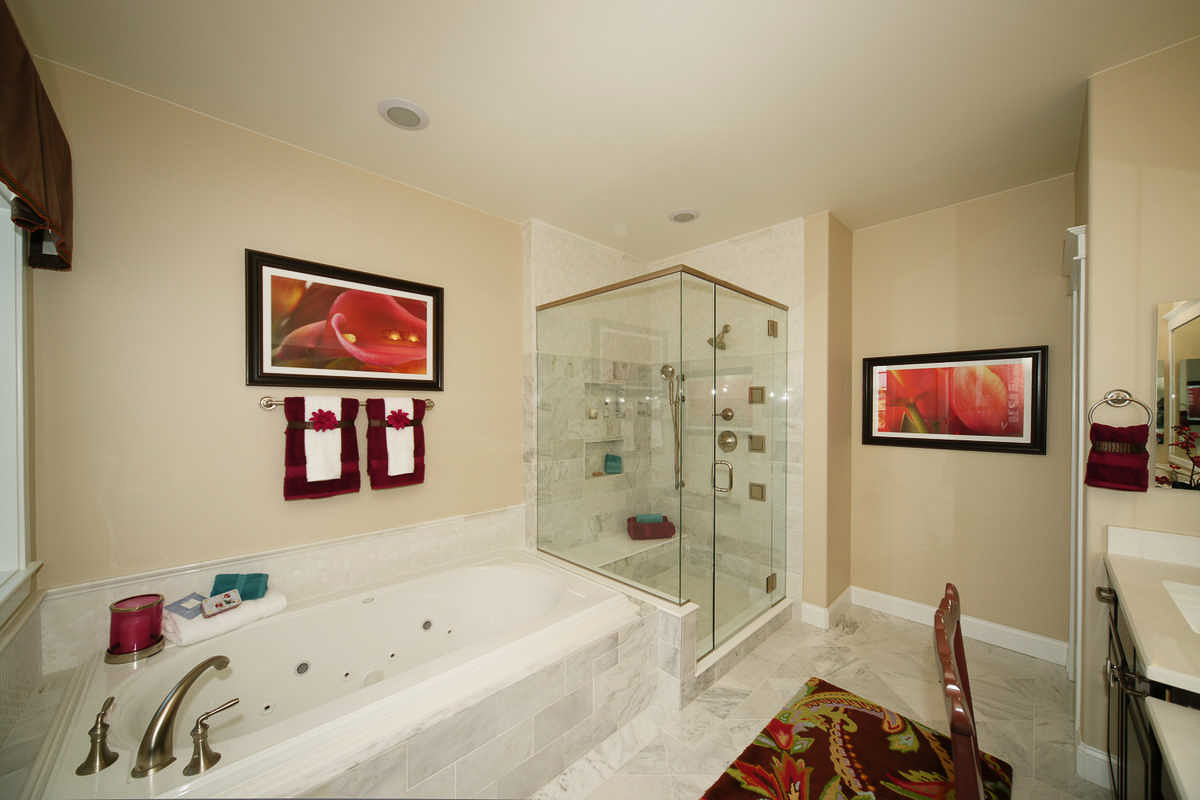
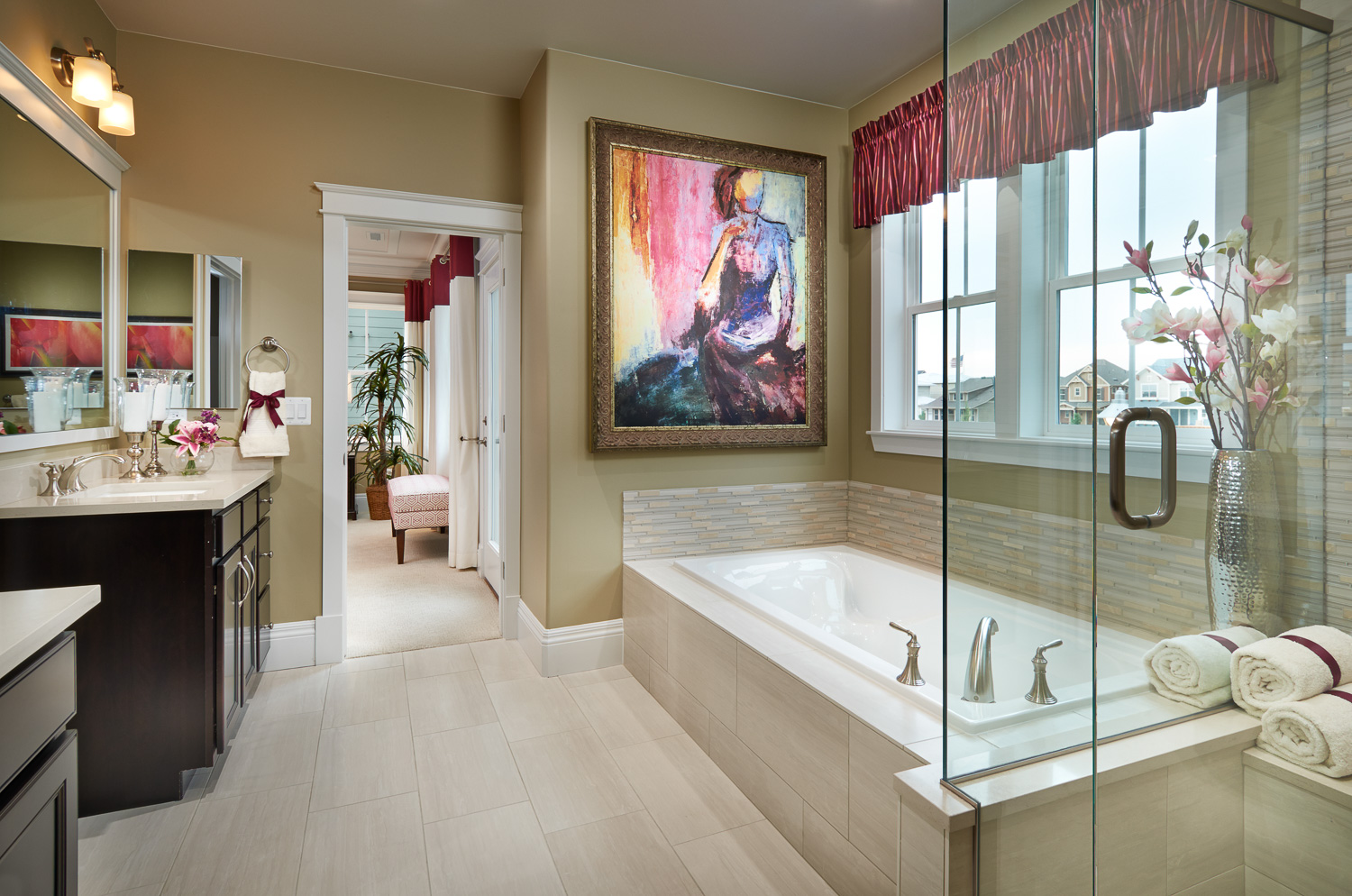
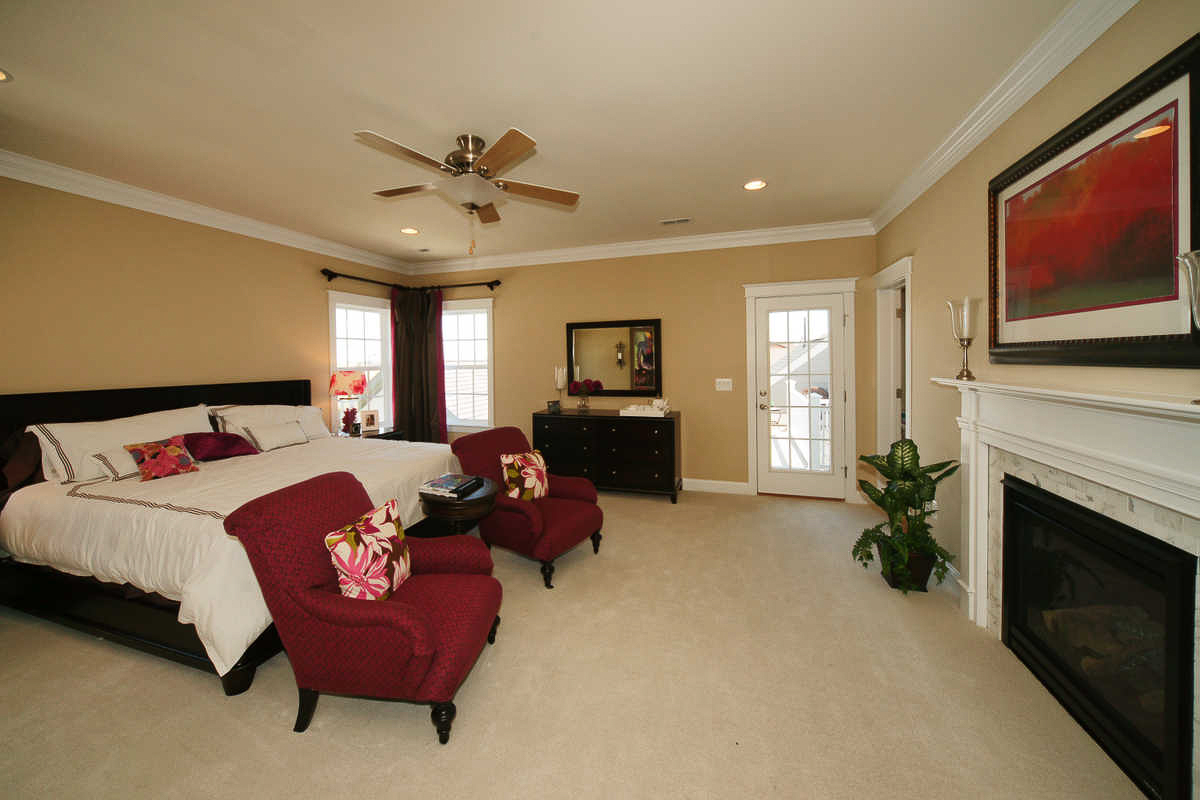
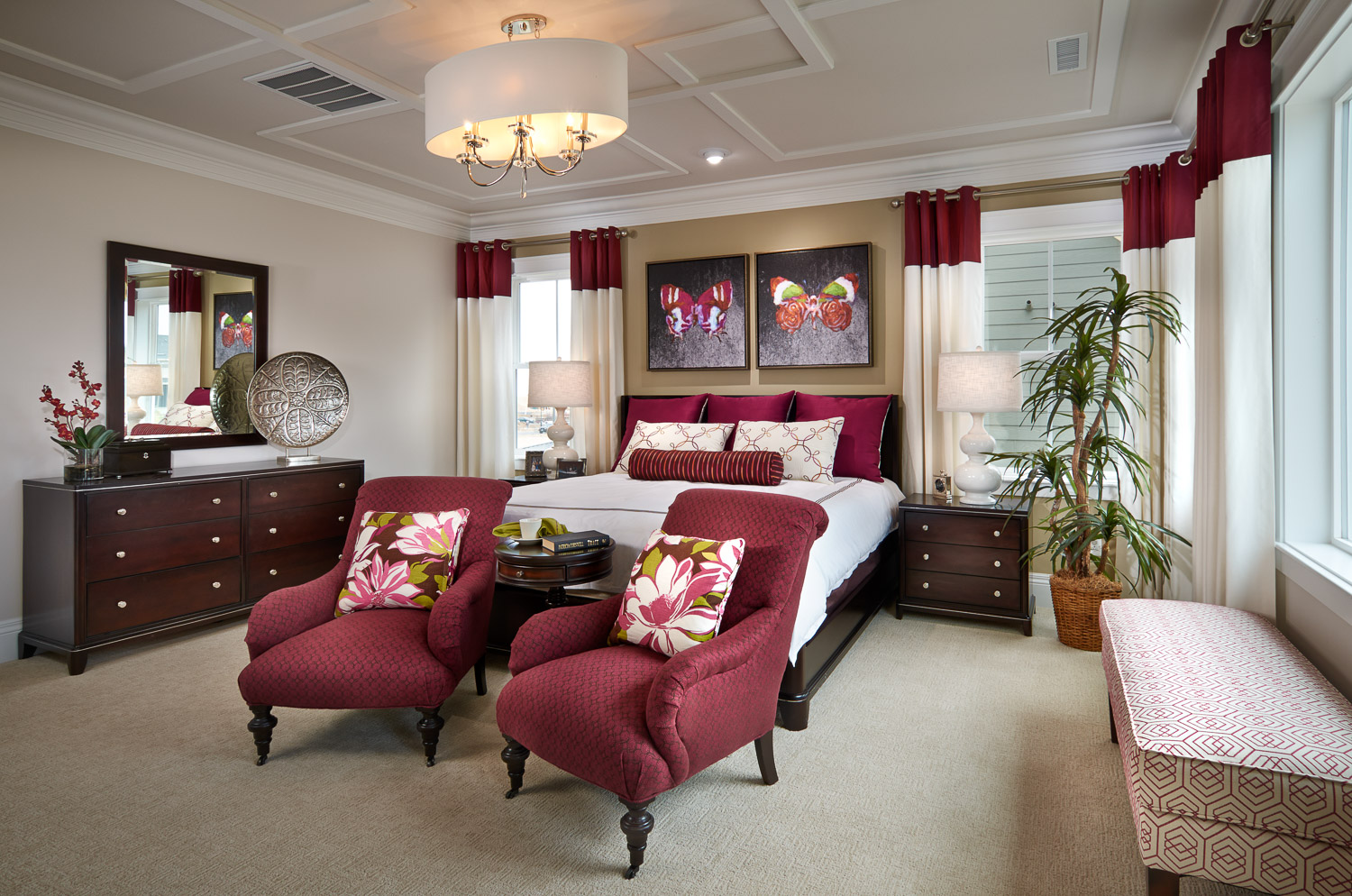
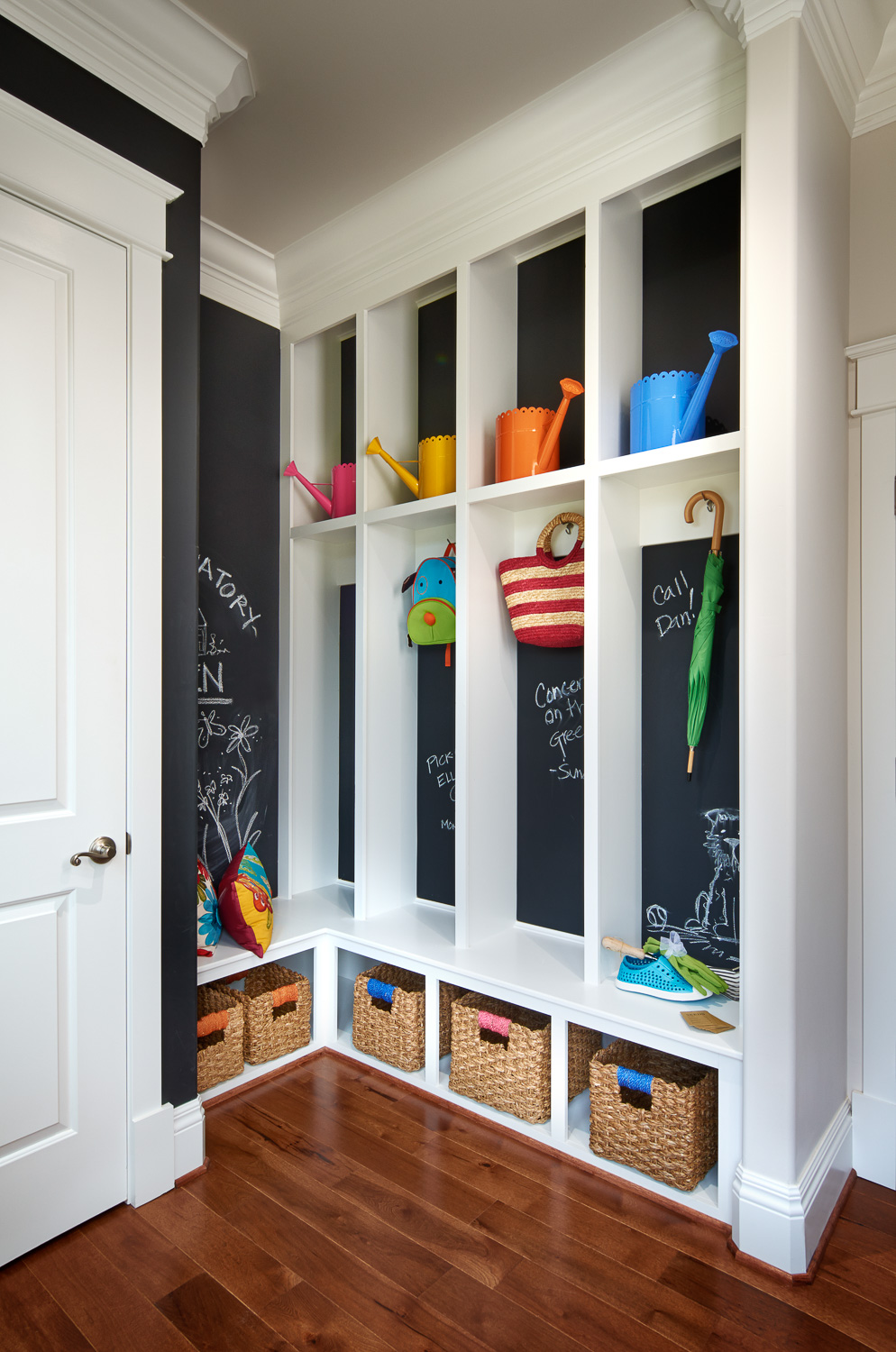
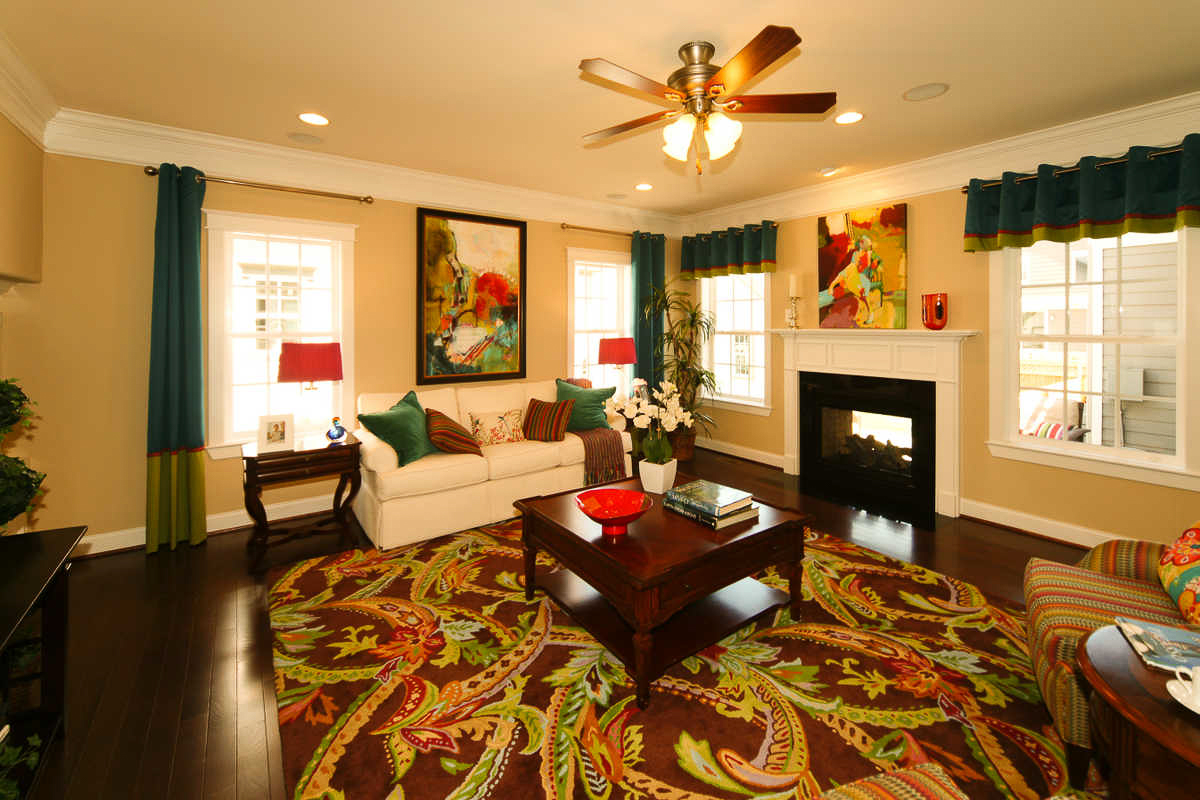
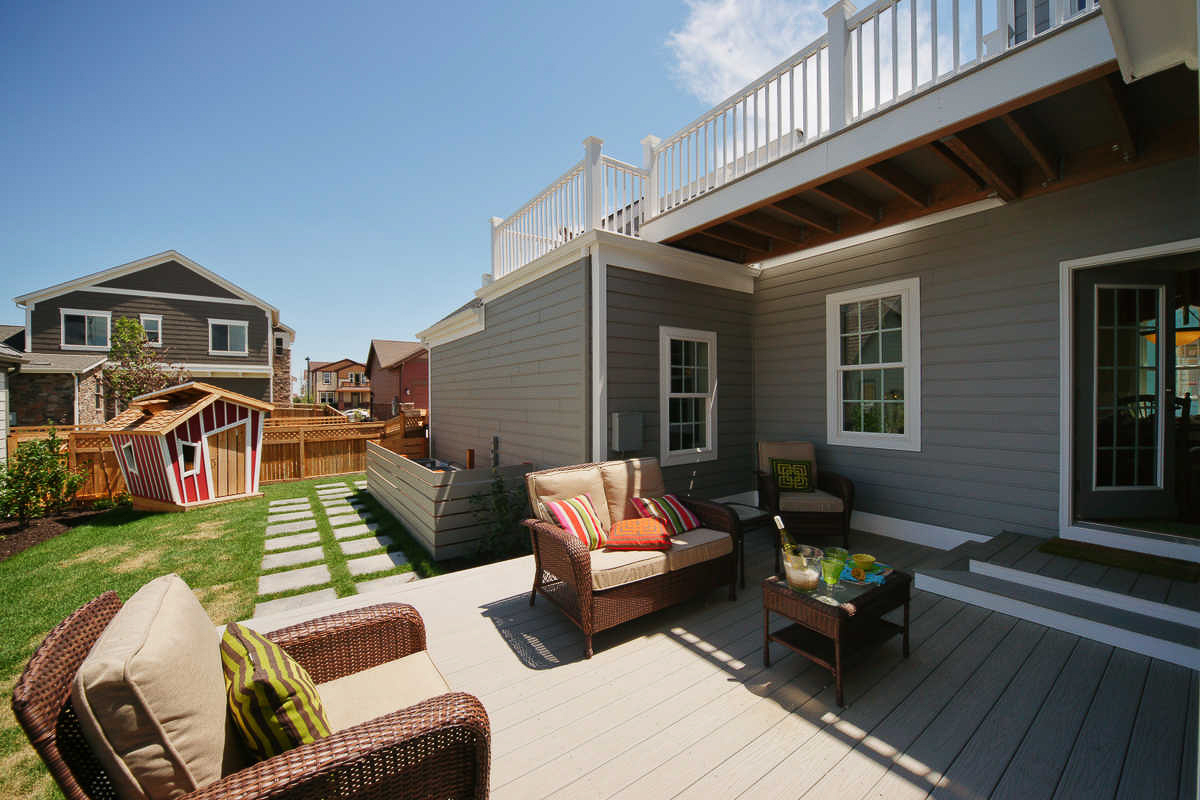

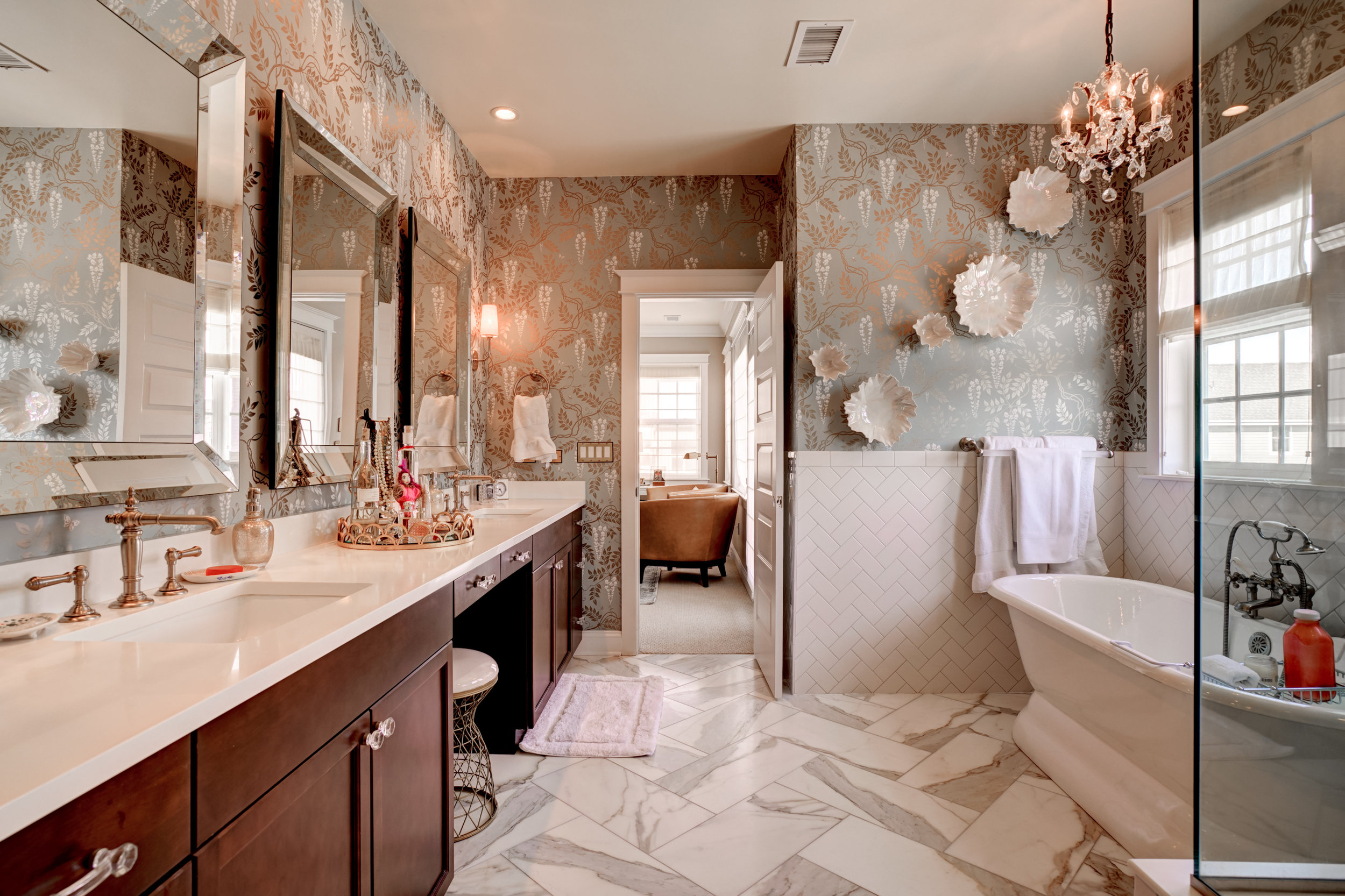

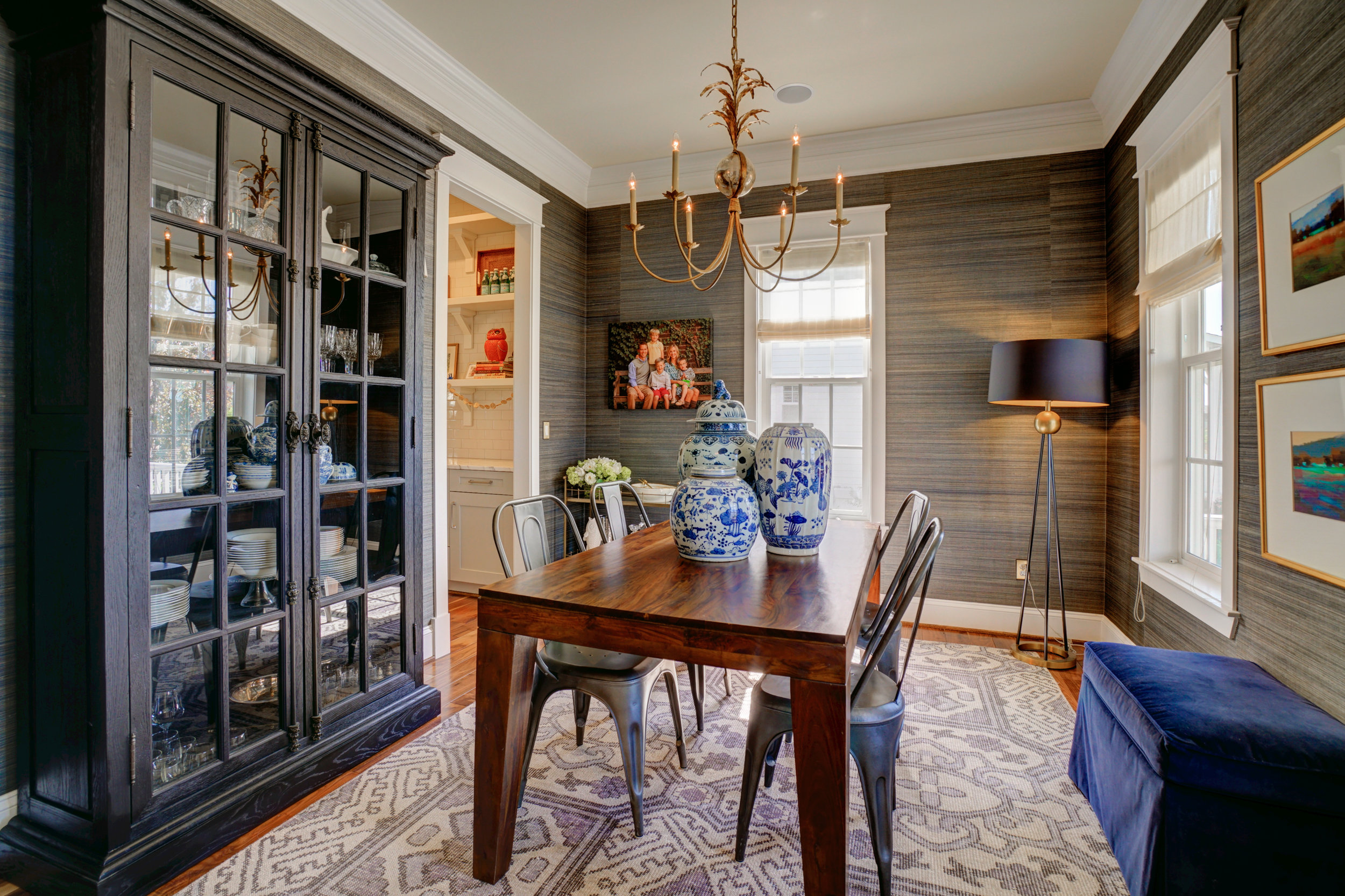
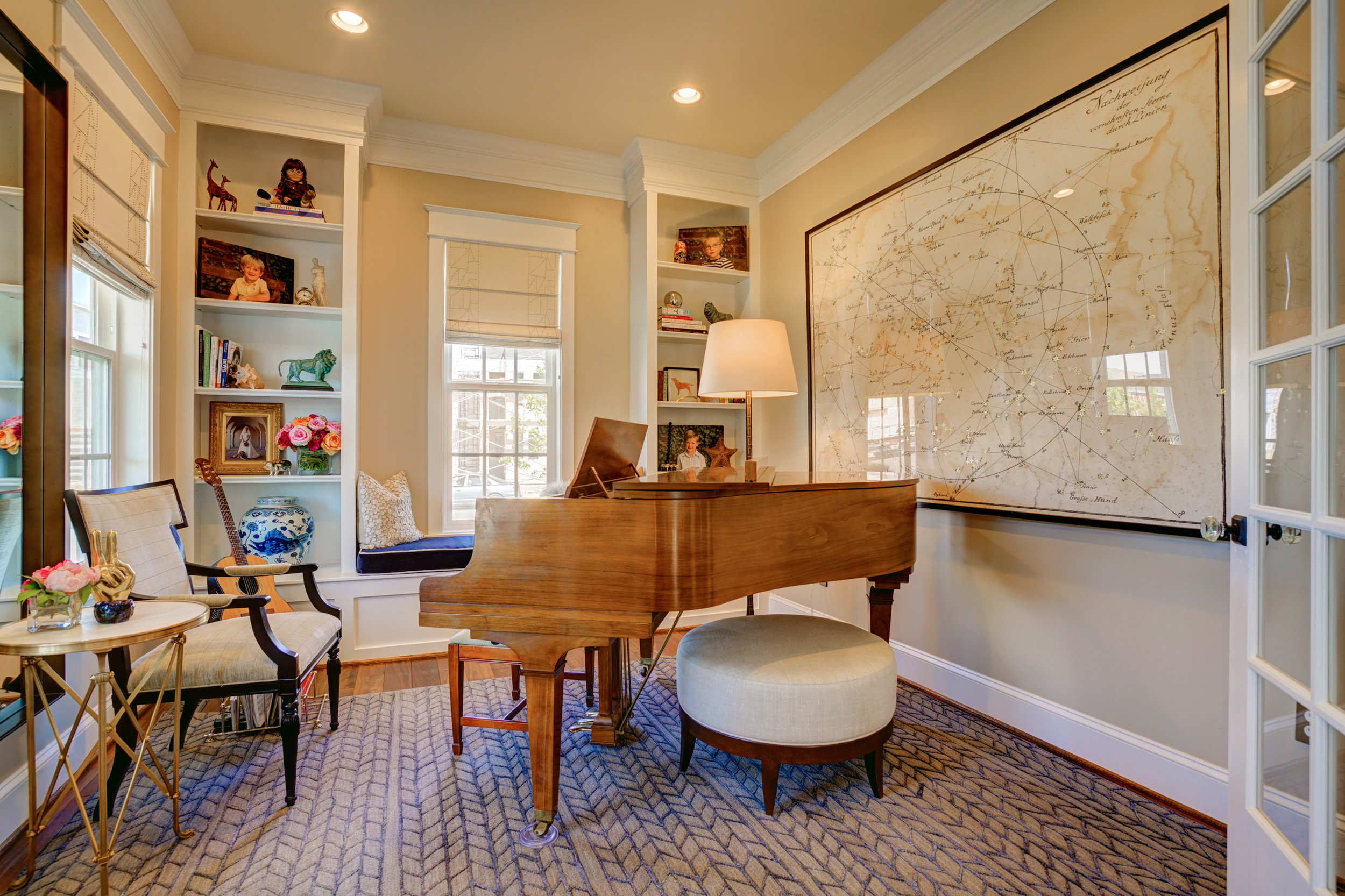
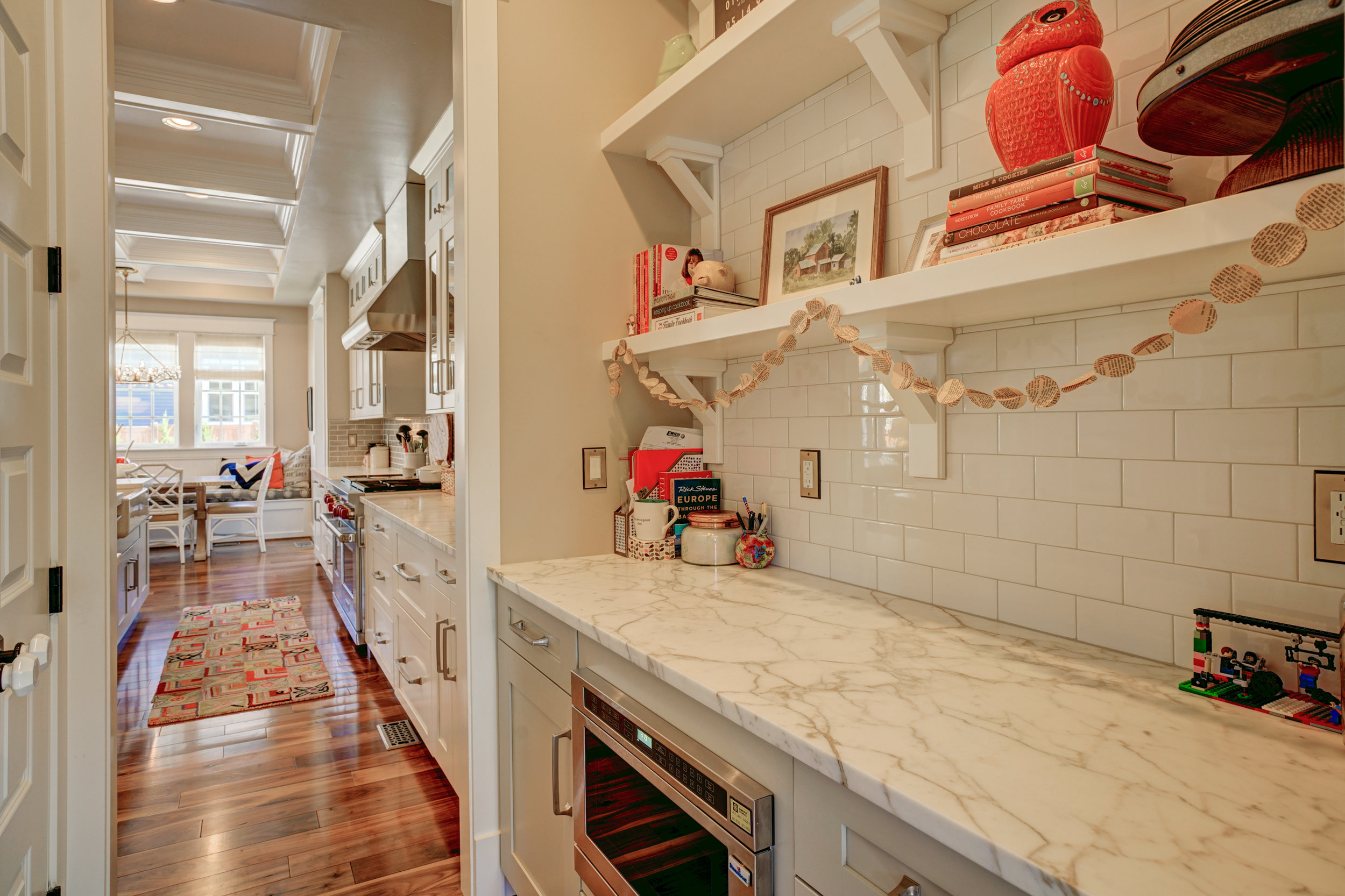
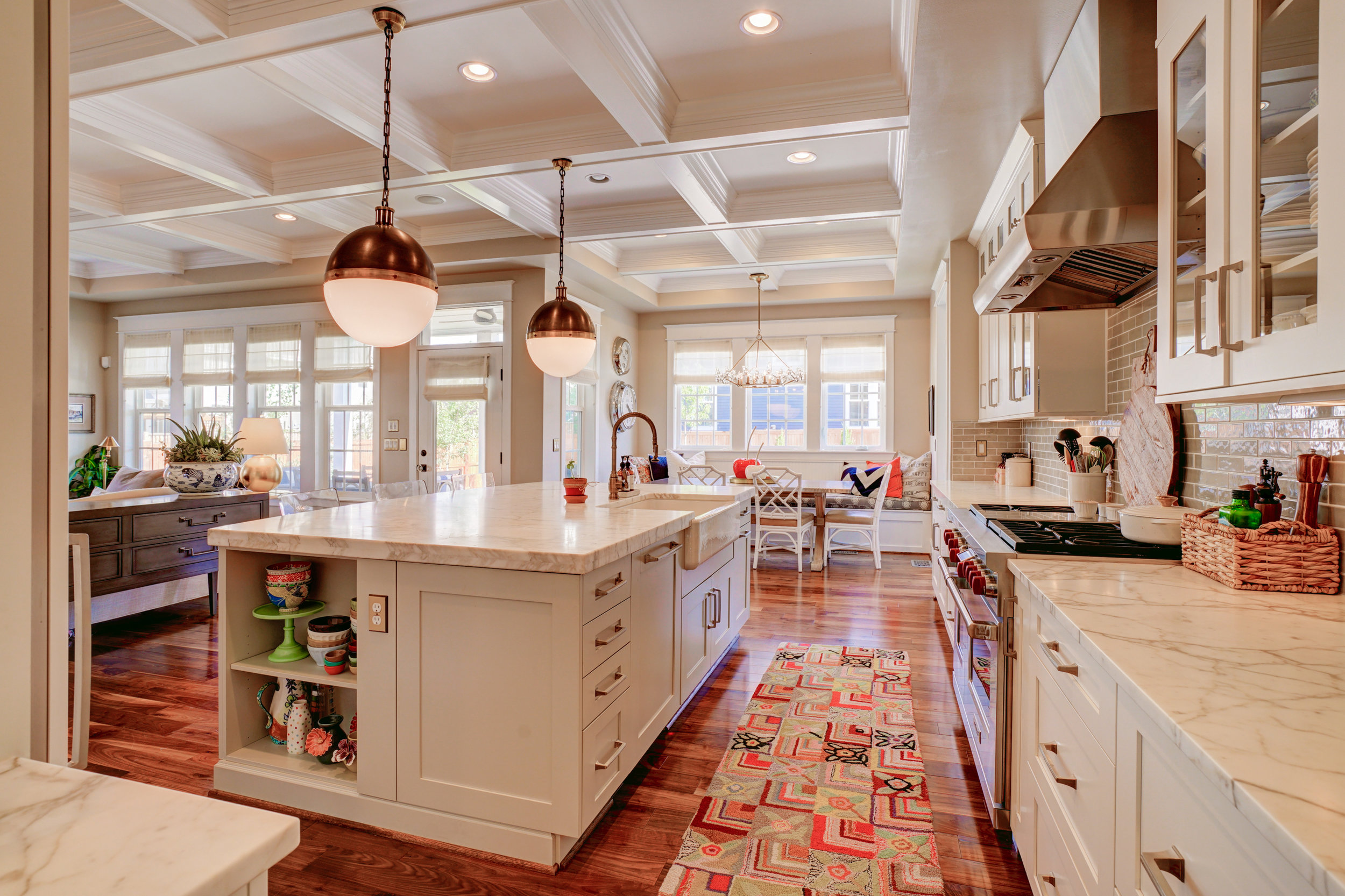
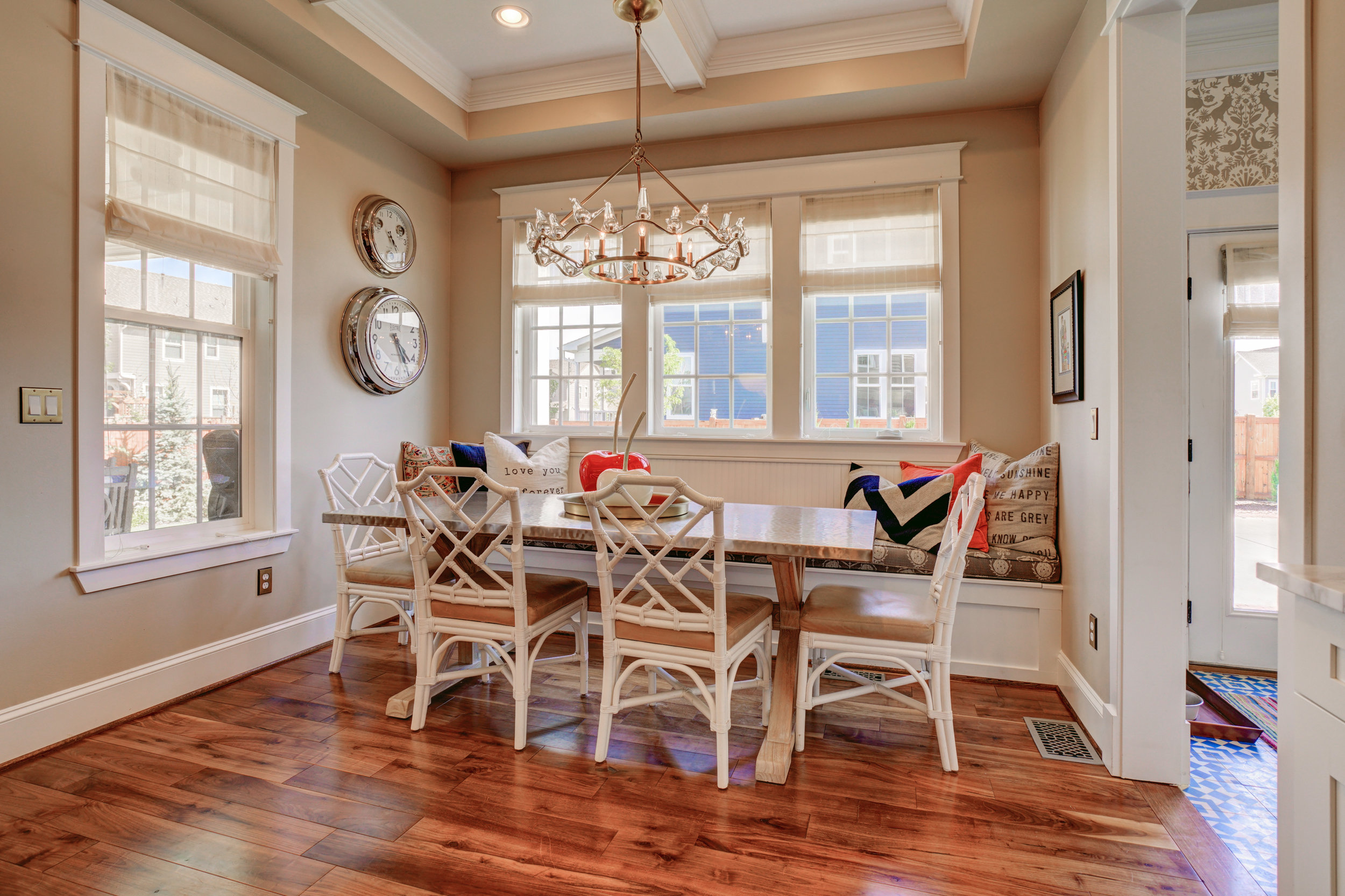
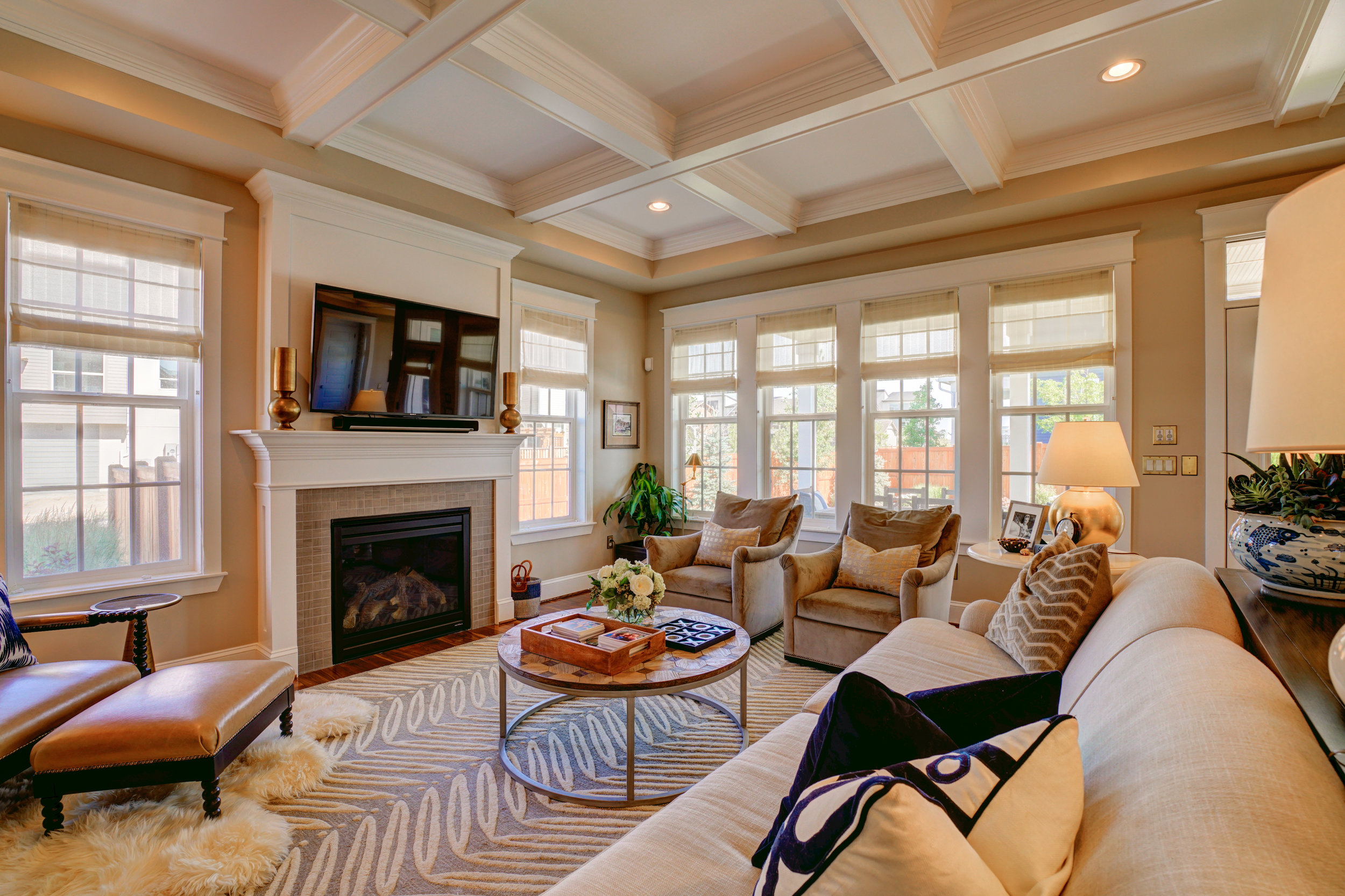
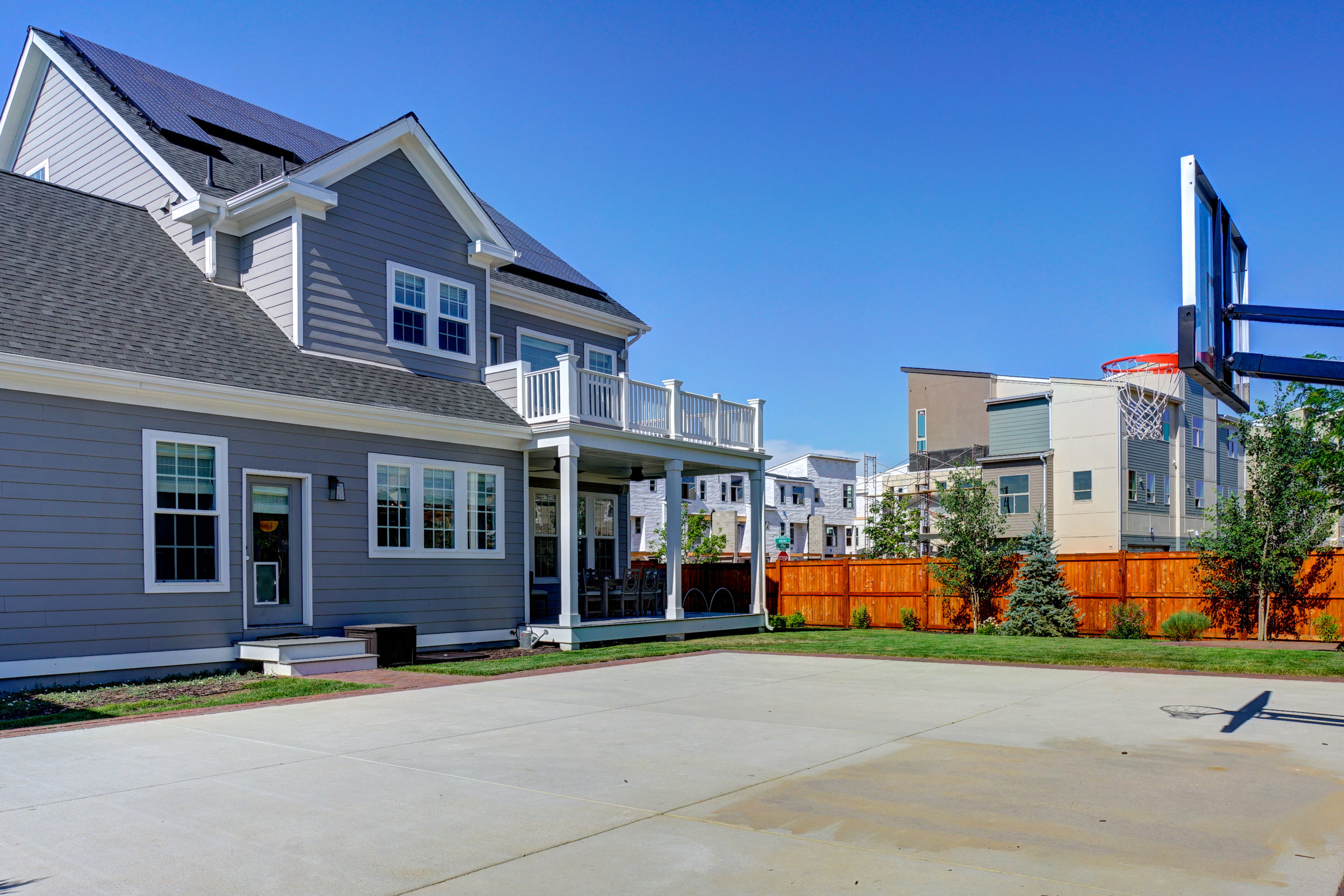
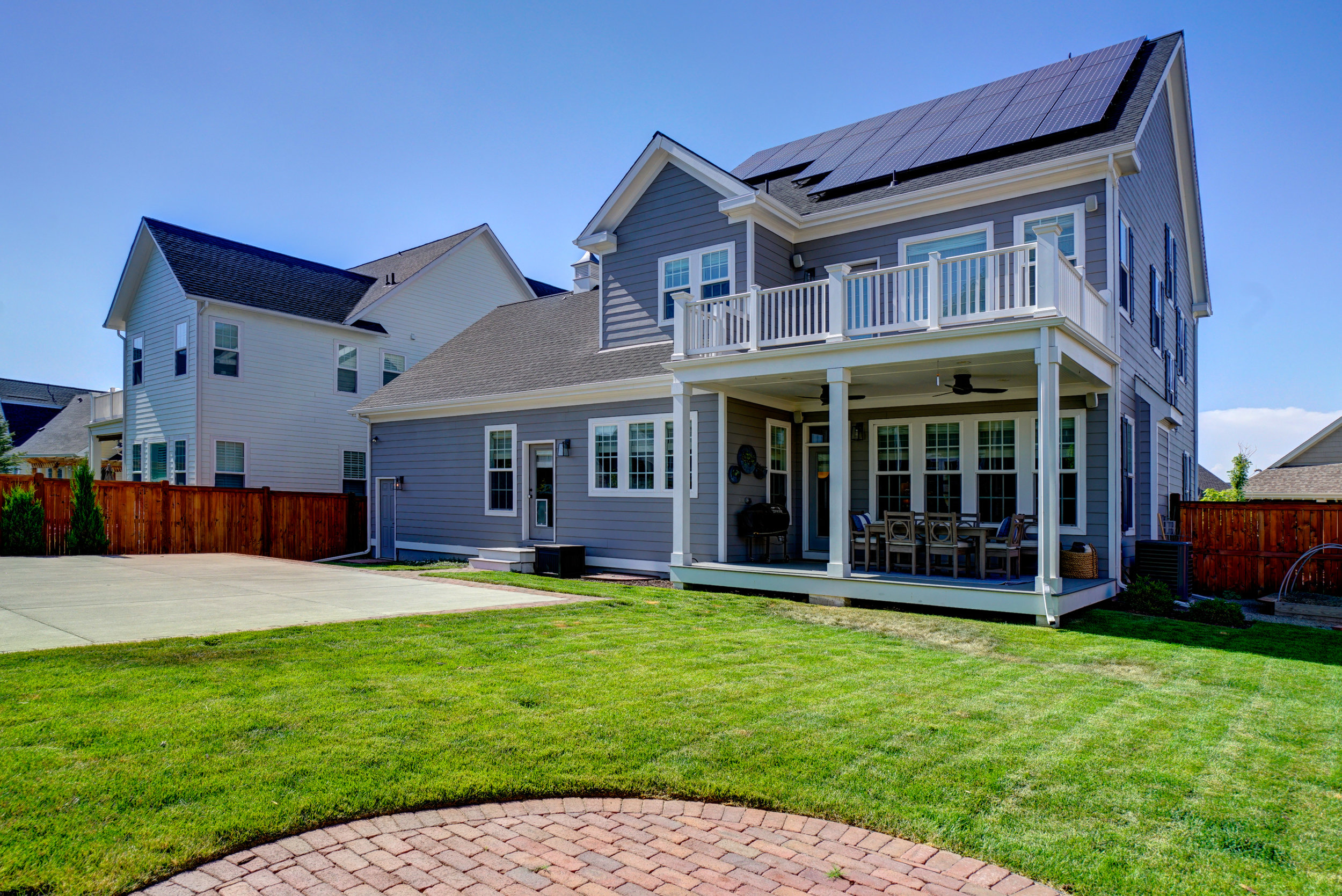

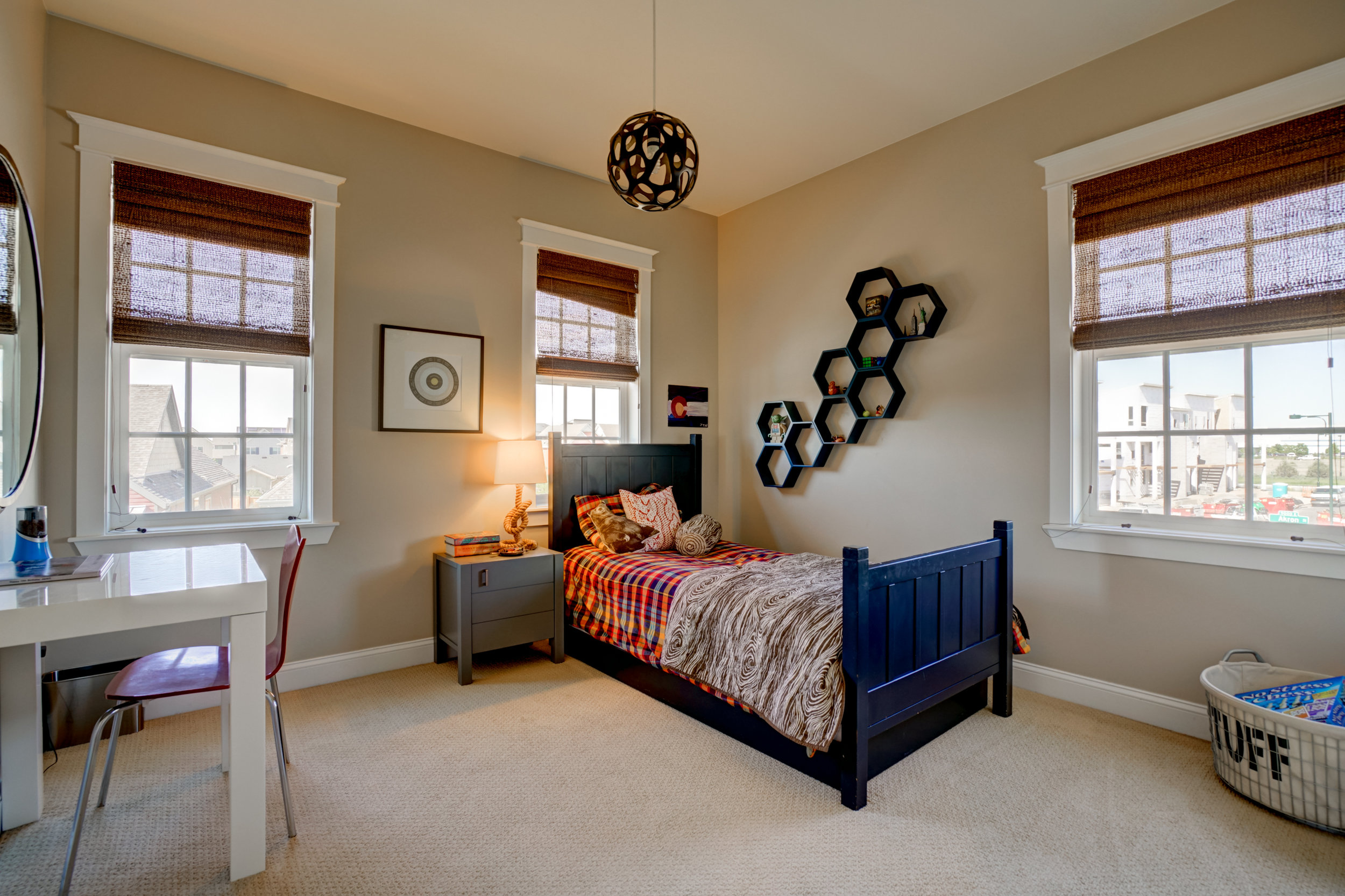
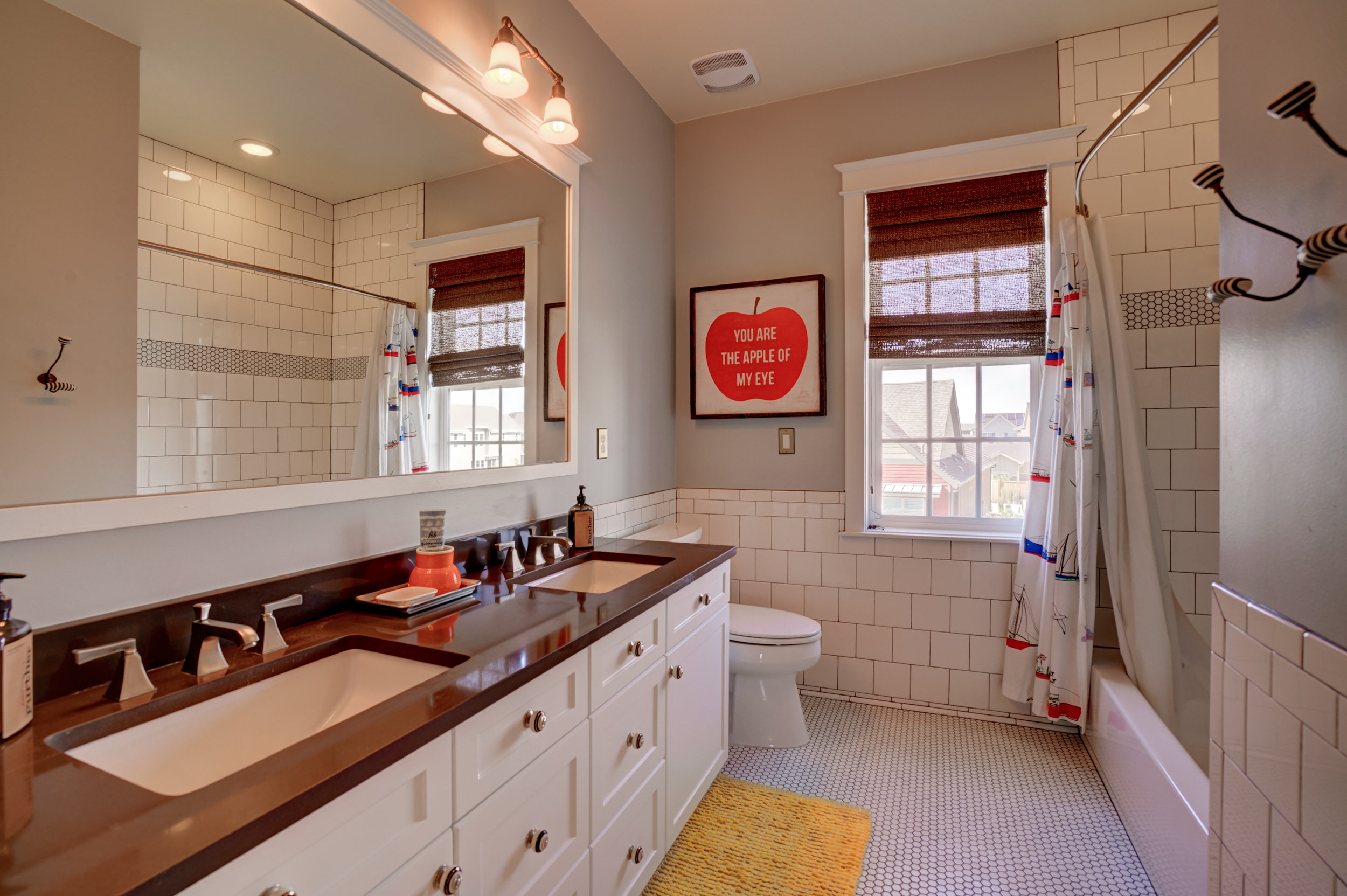
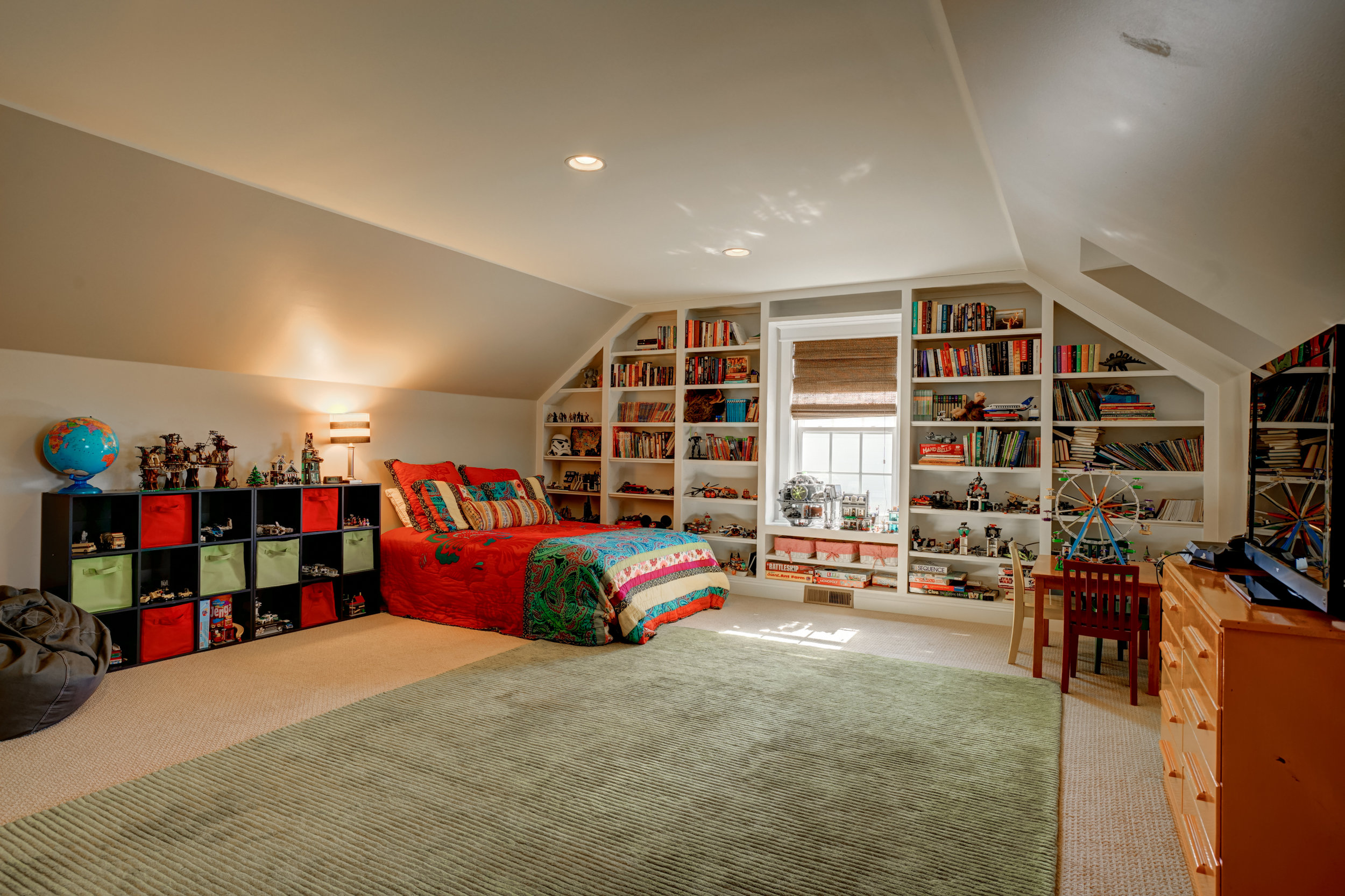
Floorplans
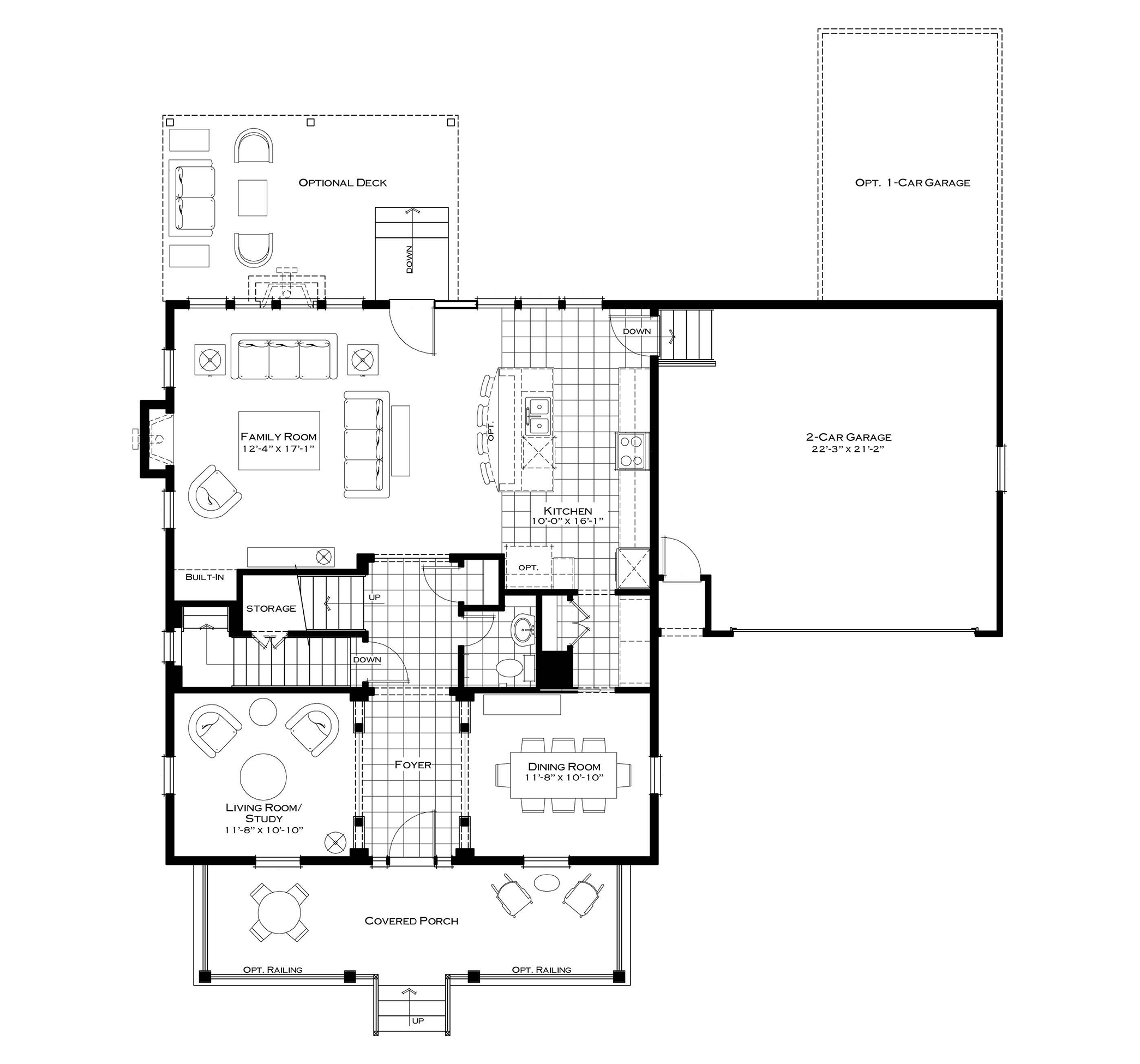


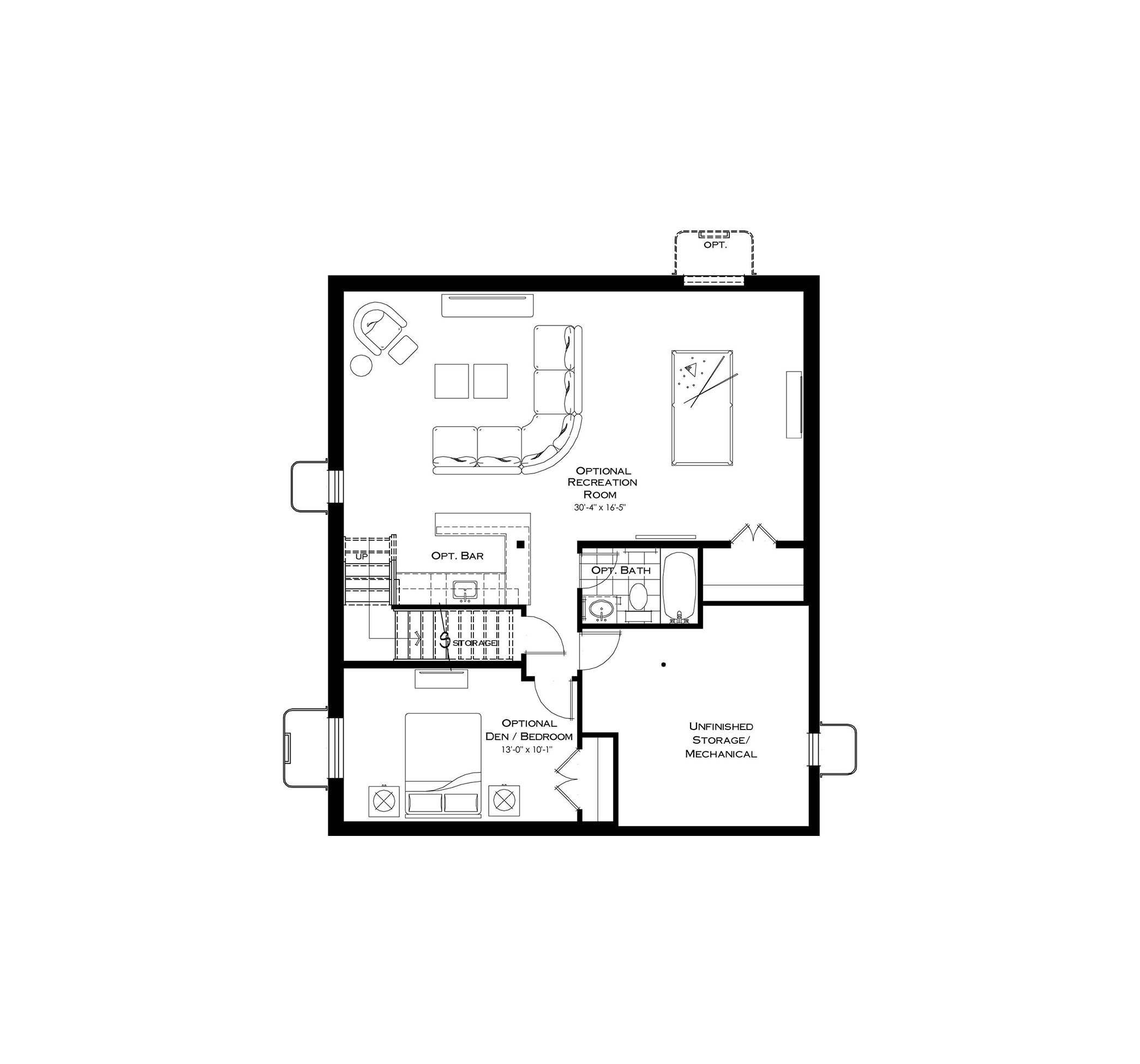
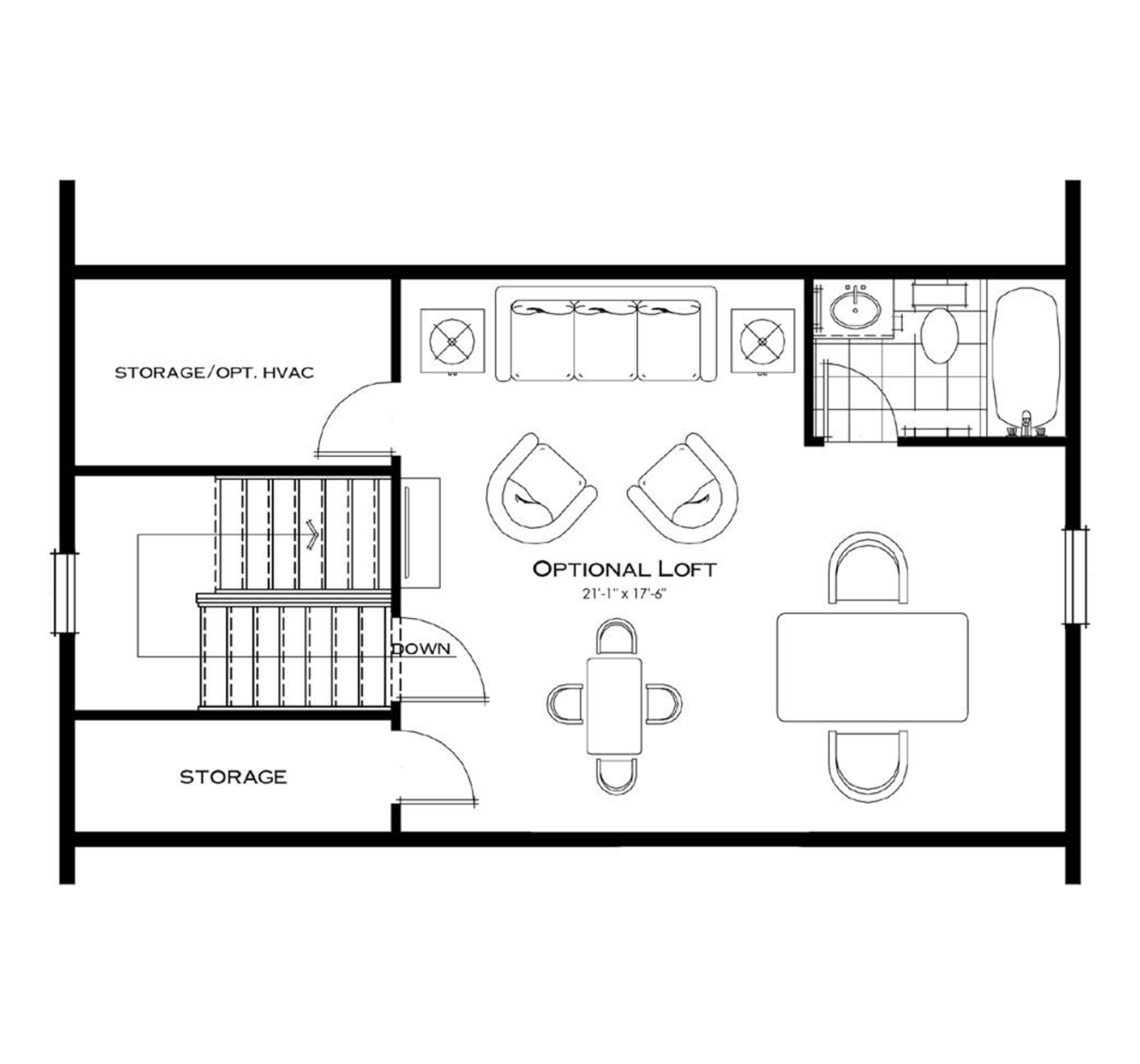
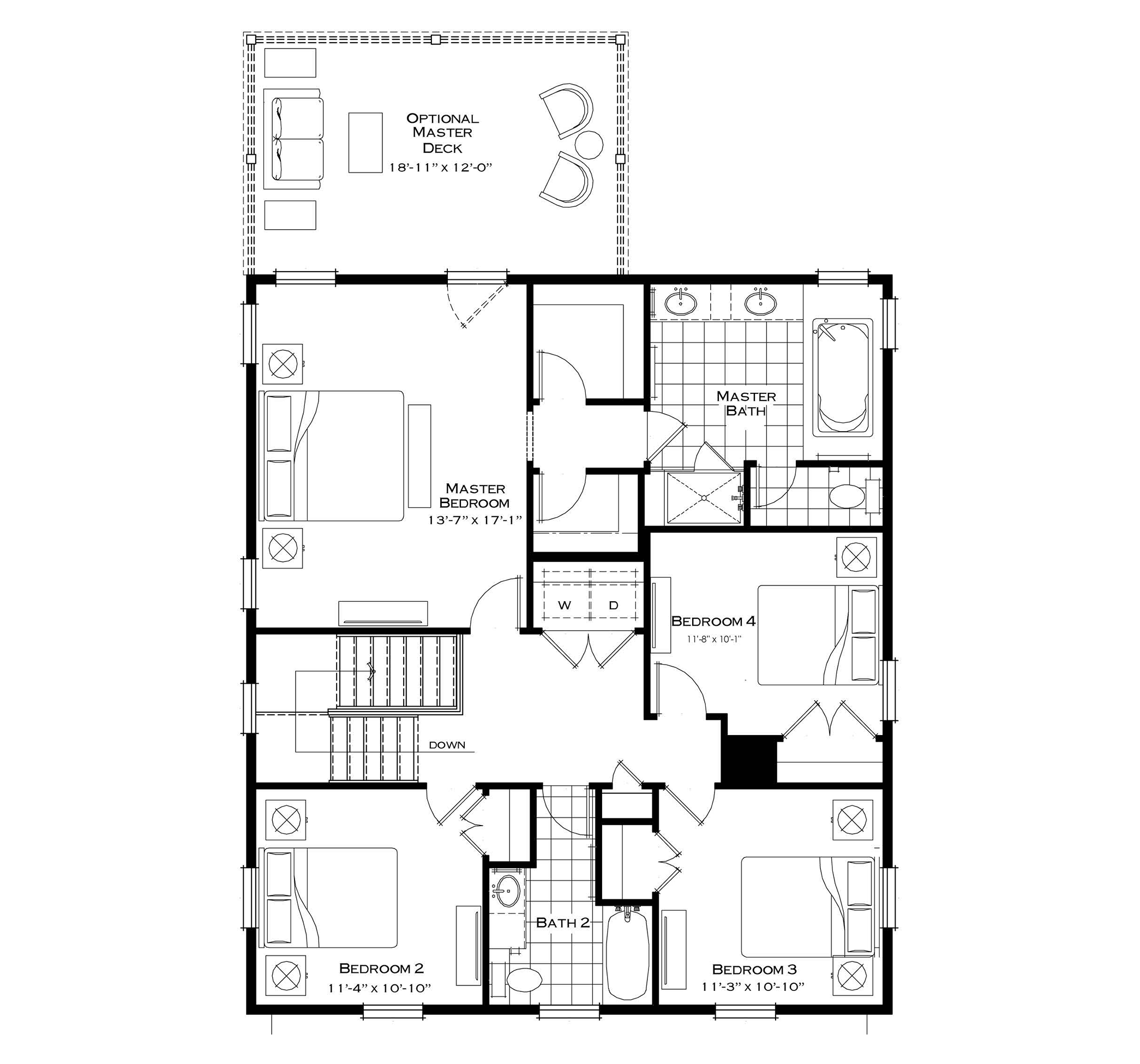
Some features shown may be optional. Although all illustrations and specifications are believed correct at time of publication, accuracy cannot be guaranteed. The right is reserved to make changes without notice or obligation. All dimensions are estimates. Windows, doors, and porches vary per house exterior.
Exterior Elevations
The Chesapeake 3



Architect's Notes
The Colonial Revival style, popularized by the 1893 World’s Columbian Exposition, reintroduced Americans to their colonial past. The Chesapeake 3 demonstrates the colonial era’s influence with its symmetrical facade and spare and delicate detailing. Georgian and Federal houses typically focused on the entrance, as can be seen in this house’s six panel door with sidelights and transom. The paired brackets at both house and porch cornices are typical of Classical Revival motifs.
The Chesapeake 4
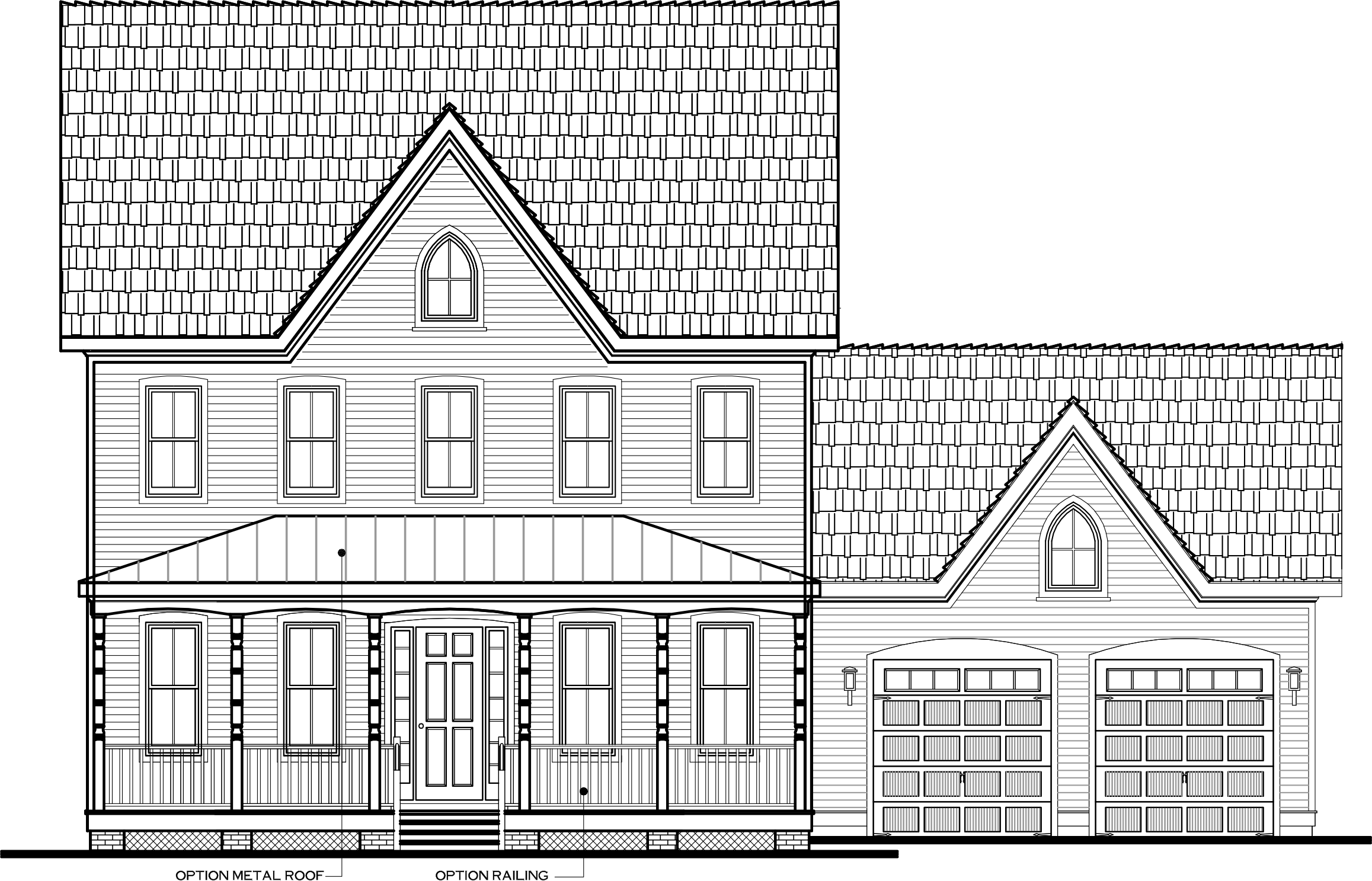




Architect's Notes
The widow’s peak gable, gothic arched window, and turned porch columns are signature elements of the Chesapeake 4’s Victorian roots. These American Gothic details were first popularized in Andrew Jackson Downing’s suburban cottages. Tall 2-over-2 windowpanes, narrow siding and a vertical focus throughout further reinforce this home’s Victorian pedigree.
The Chesapeake 5
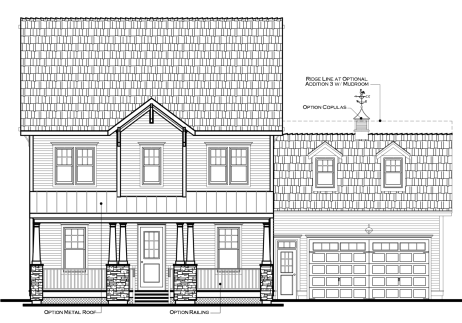
Architect's Notes
The Chesapeake 5 greets those who approach with an unassuming front door beneath an optional standing seam metal porch roof. The porch’s stone piers and squat columns were signature features of Arts & Crafts and Four Square homes. Attention is drawn to the entry by the projecting bay with bracketed gable, a gesture of Victorian homes, which are known for breaking the flat facade mold. All the various stylistic elements were simplified as they migrated from city to country and from architect to builder, resulting in the Farmhouse of the early 20th century.
The Chesapeake 9


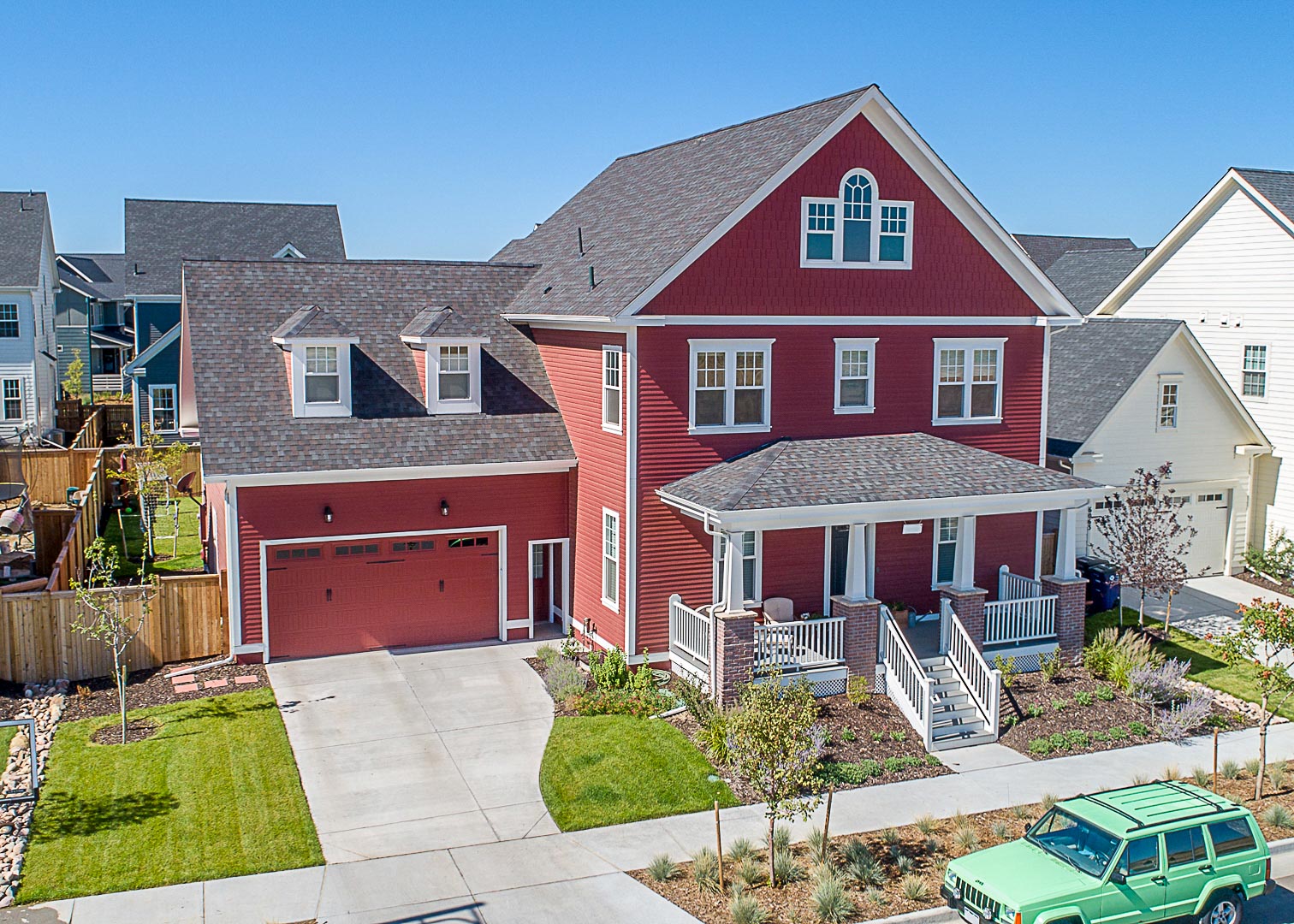
Architect's Notes
The Chesapeake 9 reflects a subset of the Arts and Crafts style as seen in the mountainous western United States. Instead of the typical low-sloped roof, areas that receive a great deal of snow modified the style to have a steeper-sloped roof to shed the snow more effectively. The roof and porch rafter tails are simple profiles, as would be expected in frontier towns. The two-over-two windows paired together is a typical detail seen in Arts and Crafts homes, as are the porch piers with foreshortened wood columns.
The Chesapeake 10
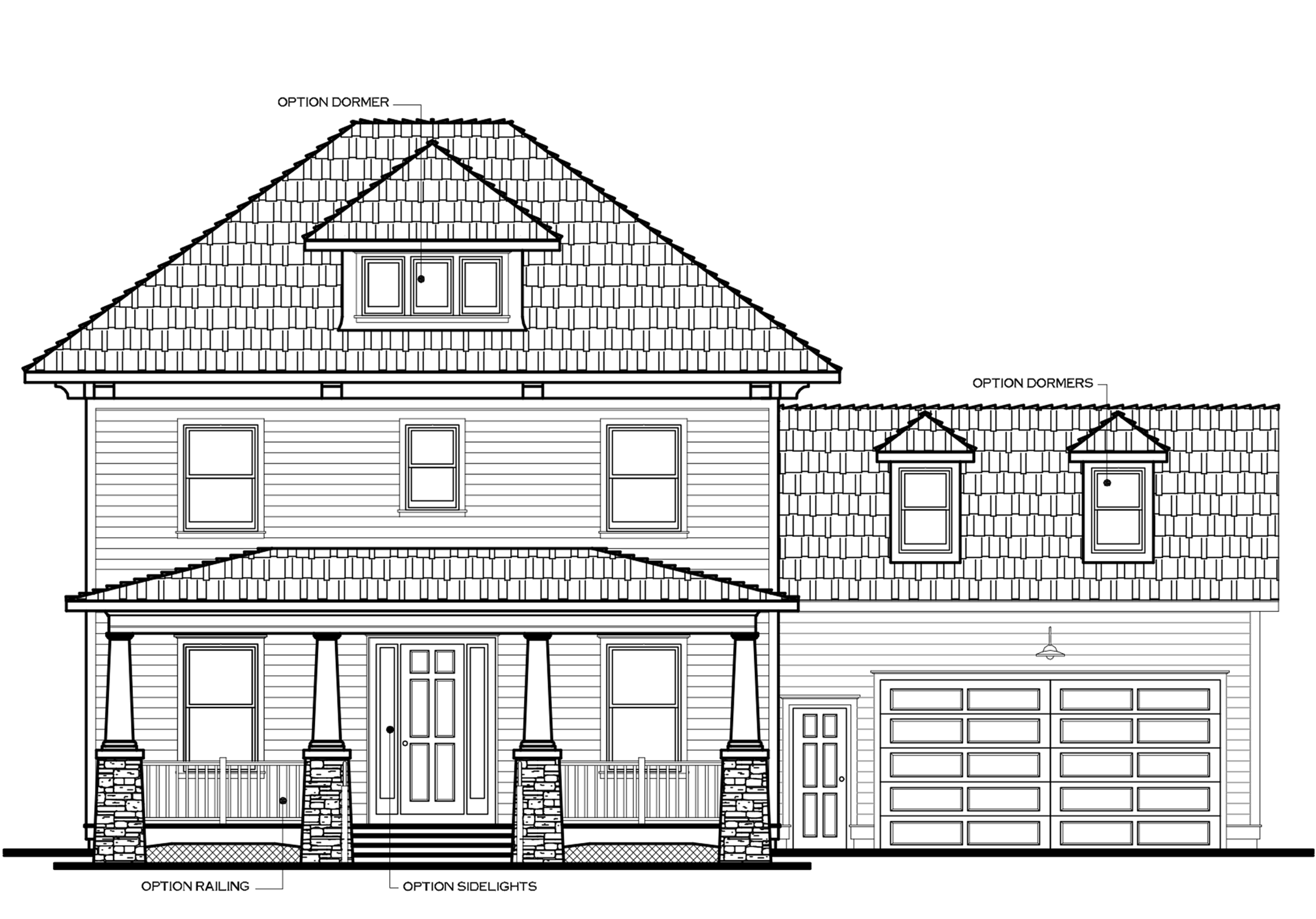
Architect's Notes
The Four Square style, popular in the 1910’s and 20’s suburbs, is a variation on the Arts & Crafts style, and also draws influence from the Prairie style architecture made famous by Frank Lloyd Wright. The Chesapeake 10 has the low-pitched hip roofs, dormers and large overhangs supported by large paired decorative brackets that is one of the identifiers of this style. The front porch, with its masonry piers topped by squat, stylized columns were common in Four Square homes. The Chesapeake’s symmetrical facade, oversized 1-over-1 windows, and horizontal lines are all typical of this distinctly American style.
The Chesapeake 18 - Greek Revival
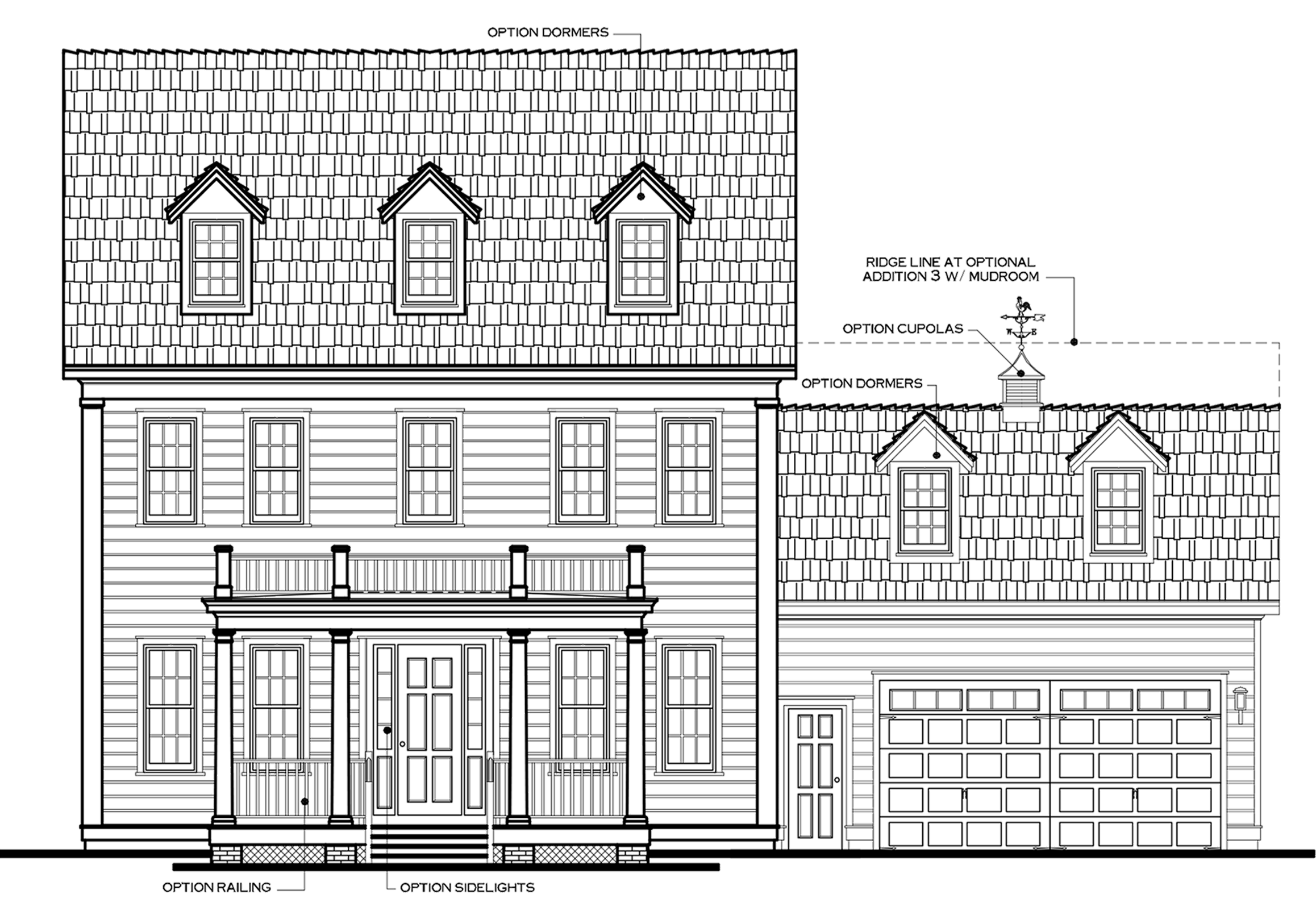
Architect's Notes
The Greek Revival style was the most common building style in the US from 1820-50, drawn from America’s desire to celebrate our nascent independence with symbols from the world’s first democracy. The Chesapeake 18, with its corner pilasters supporting a strong entablature and symmetrical five-bay facade, is a classic example of this style. The six-over-six windows spaced closer together to the outside show the increasing sophistication of architect’s designs in the New World. The taller first floor windows telegraph the hierarchy of the home’s interior and create a strong base for the elevation. Typically in this era, attention was focused on the center of the home, with columned porch and second floor balustrade possessing the most intricate and expensive detailing.
The Chesapeake 20


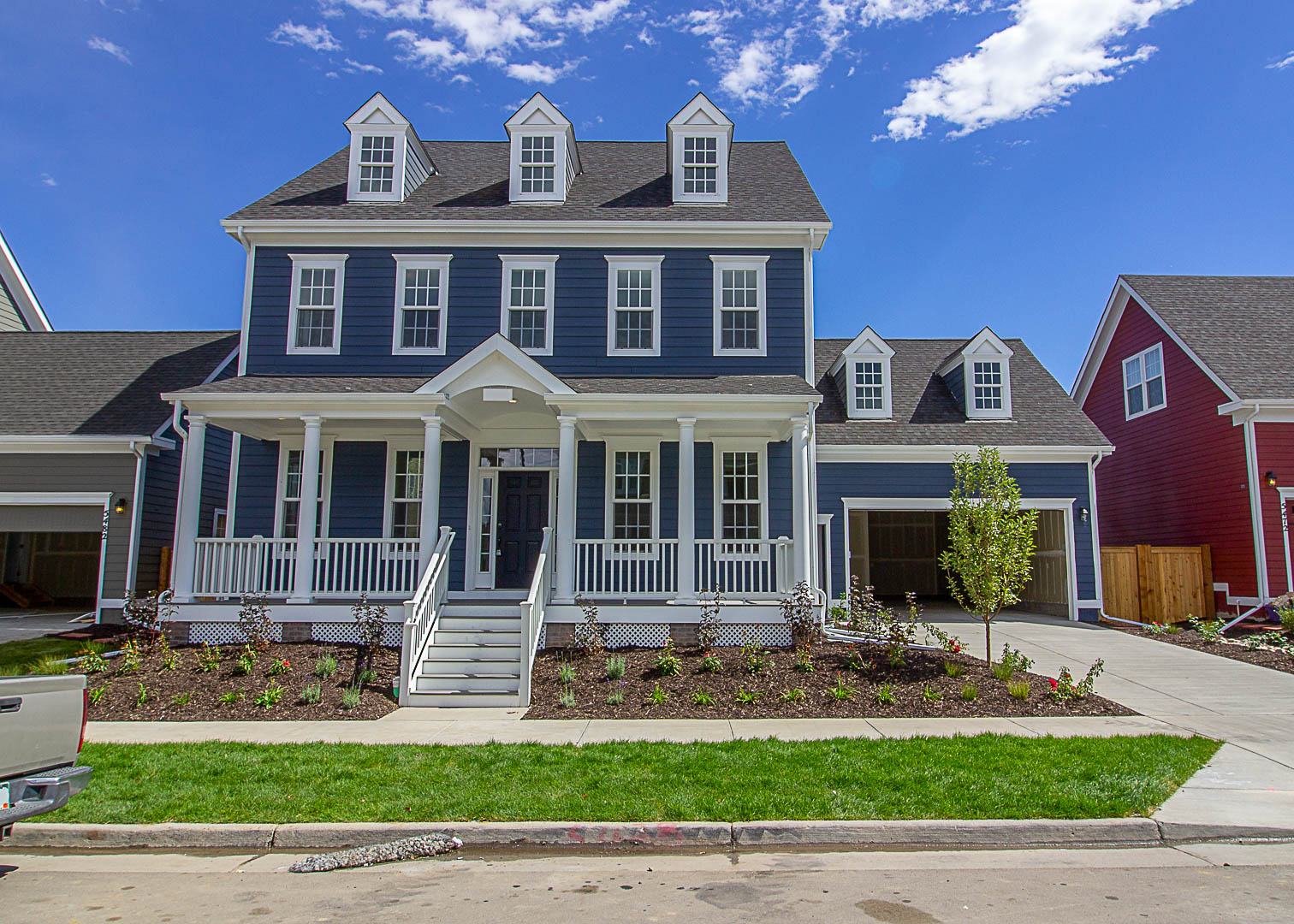
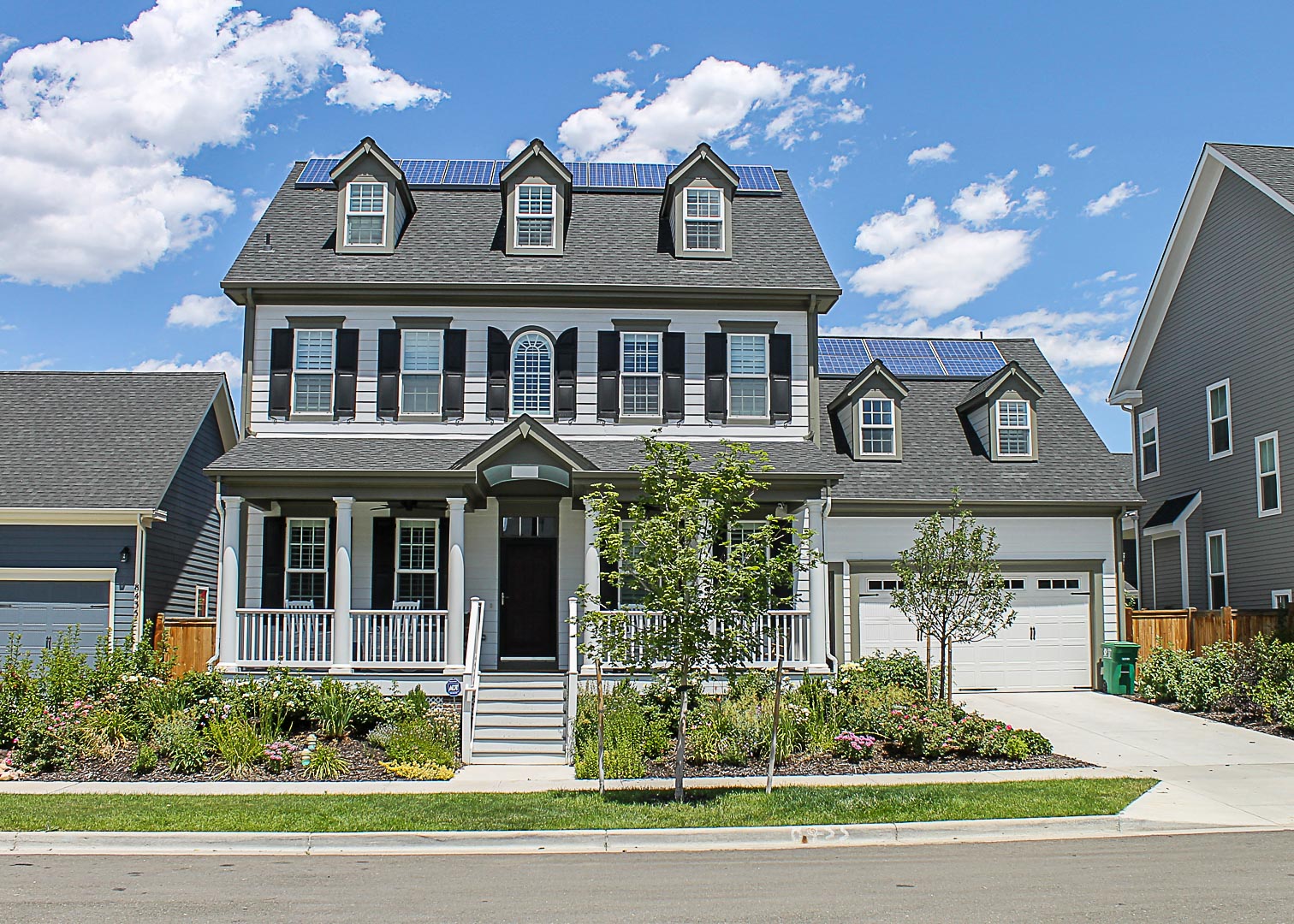
The Chesapeake 21
Architect's Notes
The Chesapeake 20 is typical of many houses found throughout America’s small towns at the turn of the 20th century. The house’s simplified traditional details create a beautiful facade without drawing undue attention to itself. The exposed rafter tails of the roof and the flat profiles of the window and door trim give this small-town Colonial a unique charm. The most formal elements were reserved for the entrance, as can be seen by the six-panel door with sidelights and transom. The cupola with its weathervane on the garage harkens back to the agricultural buildings of the past.
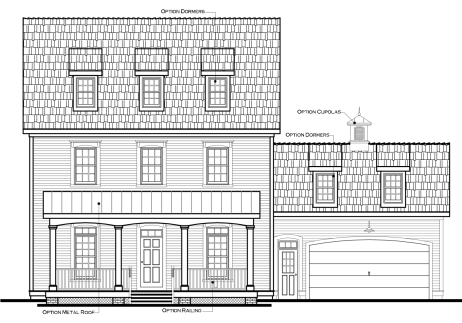
The Chesapeake 23 - Farmhouse
Architect's Notes
Eclectic houses typically exhibit elements drawn from various architectural styles. The Chesapeake 21 shows a French Provincial influence in it’s segmental arches at the windows, porch, and garage, as well as the cupola. Victorian characteristics include the narrow siding, elaborate window trim with bracketed caps, and metal roofs. The Colonial styles lent their 6-over-6 window configuration with the taller 9-over-9 windows on the first floor. The shed dormers are evocative of the farmhouse tradition in America.

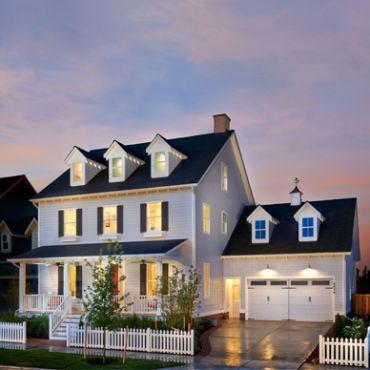
The Chesapeake 24 - Georgian
Architect's Notes
The Chesapeake 23 is an example of the Farmhouse style seen throughout the American prairie. Farmhouses show their broad elevation to the arriving visitor, with their most formal detailing focused on the entry. Shutters frame the two-over-two windows, reflecting the aesthetic pragmatism of this style. This play between practical and pleasing can also be seen in the symmetrical three-part facade. A greater proportion of wall to window provides a more protected feel for these homesteaders. The garage’s optional cupola refers to this agricultural past while providing visual interest. The simple, quiet trim and open roof rafters reinforce this emphasis on necessity over embellishments.




Architect's Notes
Architects of the Georgian era drew heavily from the Classical styles popular in America’s infancy. The Chesapeake 24 is a result of this, showing Georgian elements like the low-sloped pediment on the main body and repeated in the dormers. The gentle arches on the porch beams soften the home’s strict order and adherence to symmetry and alignment. The most gracious details are reserved for the front entry, where visitors can appreciate the craftsmanship.
The Chesapeake 26 - St. Michaels
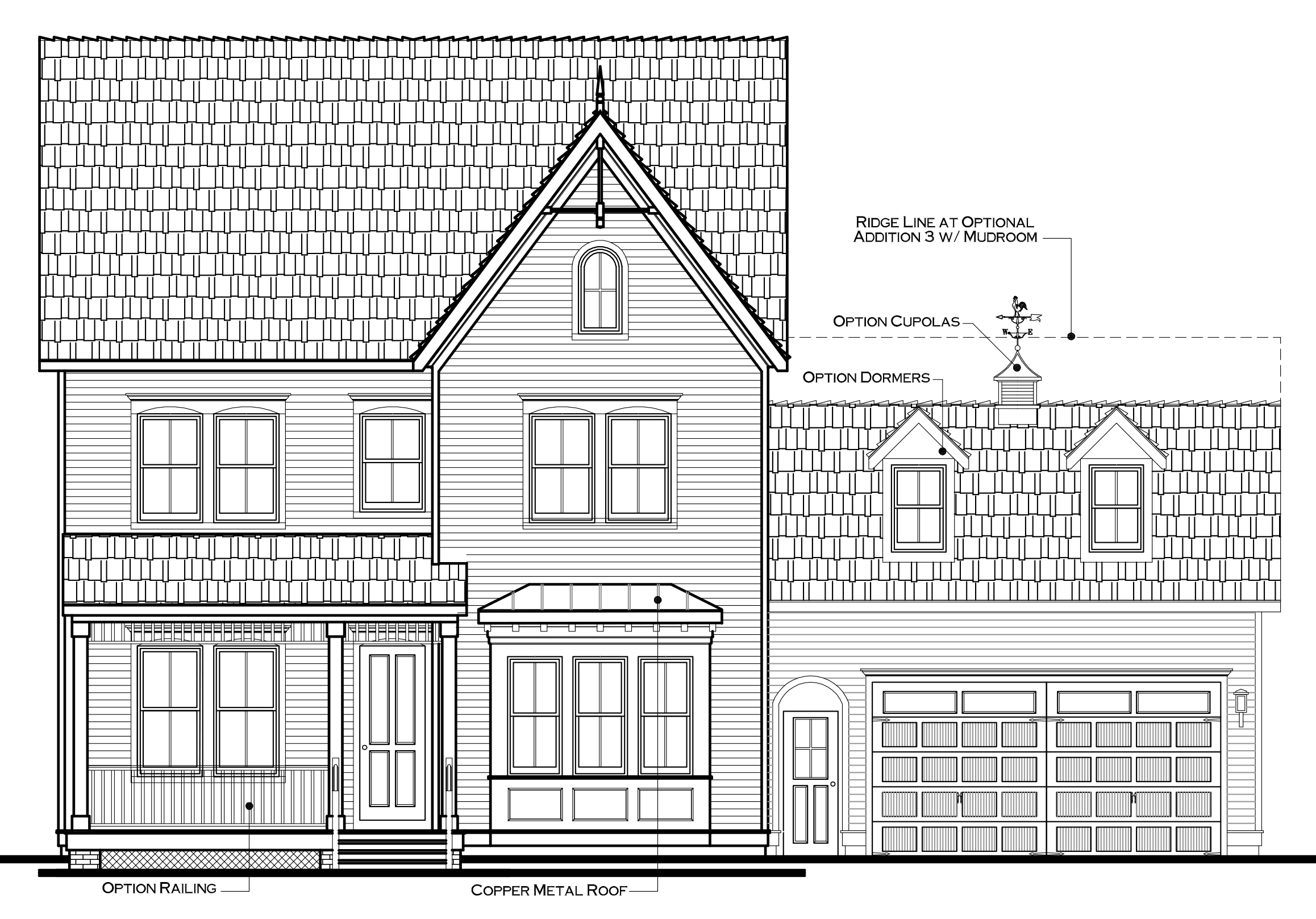
Architect's Notes
The Chesapeake St. Michaels exhibits classic Victorian characteristics, from its asymmetrical facade with steeply pitched gable roof, to its tall windows and narrow siding. The typical Victorian picturesque composition was derived from the Queen Anne Revival in England. The decorative woodwork on the porch and gable show the influence of the Carpenter Gothic style, of the 1840s made possible by the recent invention of the jigsaw which allowed elaborate woodwork to be mass produced for the general population.
The Chesapeake 28 - Brewster

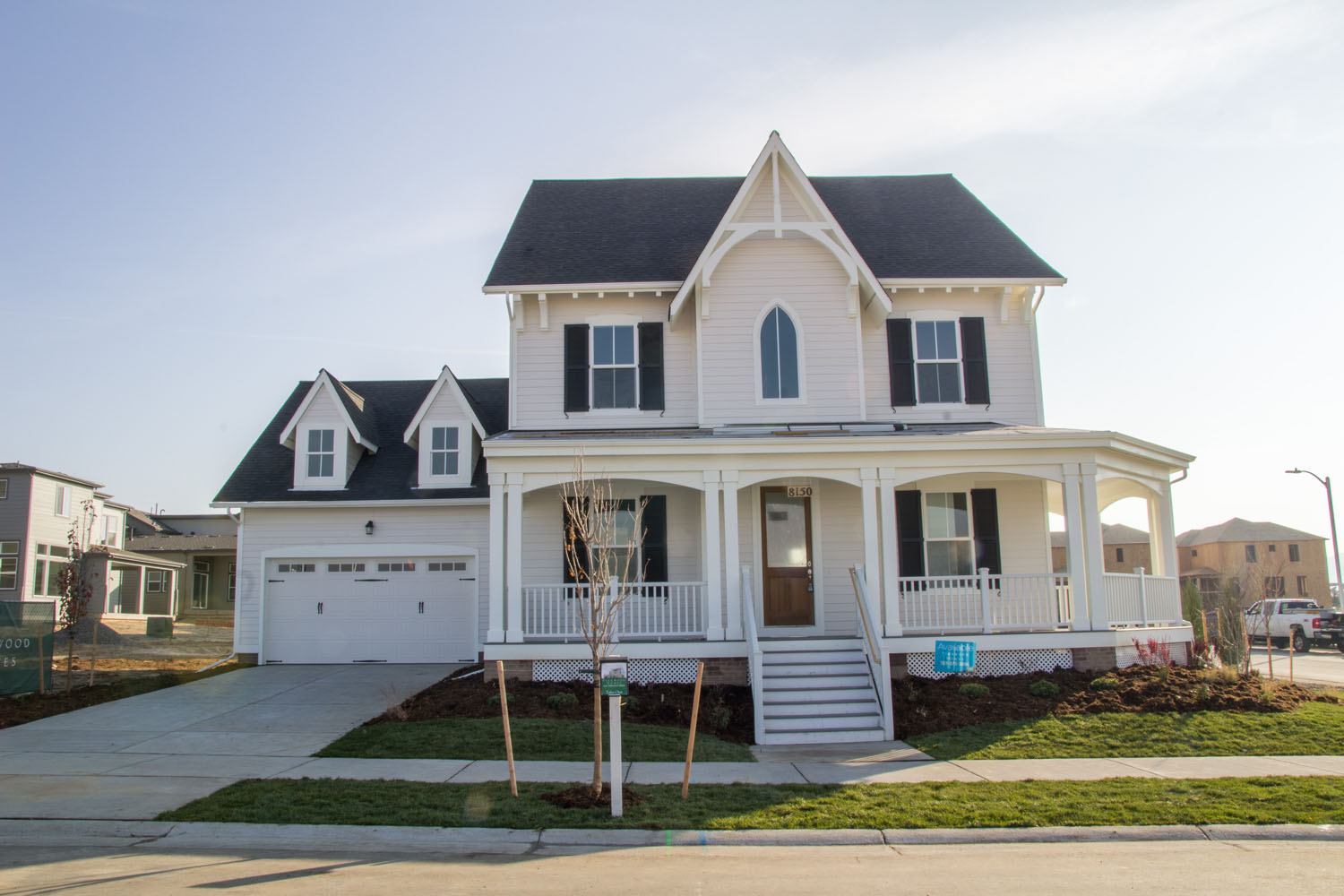
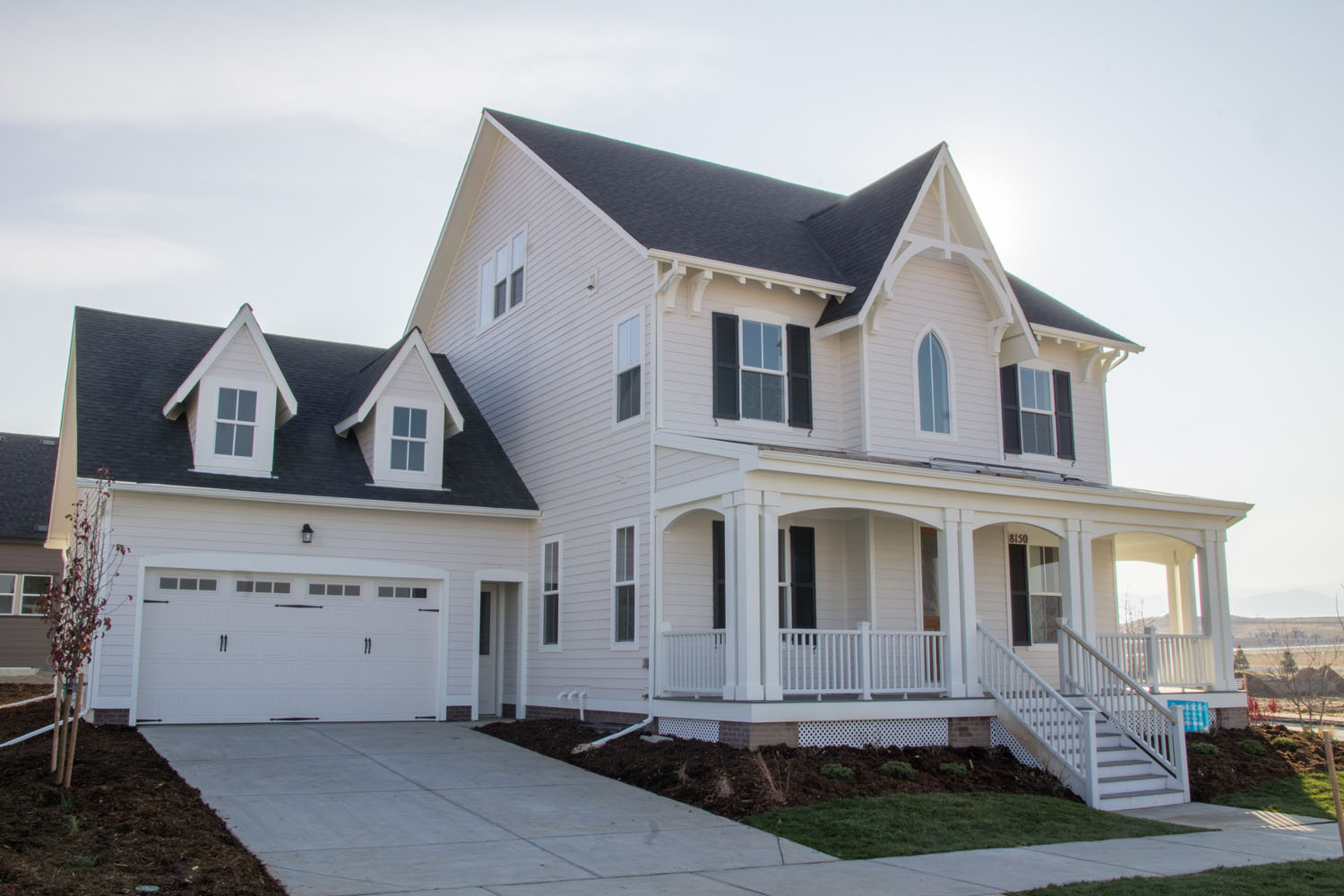
Architect’s Notes
Attention is drawn to the entry by the projecting bay with bracketed gable, a gesture of Victorian homes, which are known for breaking the flat facade mold. All the various stylistic elements were simplified as they migrated from city to country and from architect to builder, resulting in the Farmhouse of the early 20th century. The Chesapeake Brewster's open floorplan is enhanced by lots of natural light, especially in the over-sized front dining room.
The Chesapeake 29 - Colorado

The Chesapeake 30 - Crestmoor

